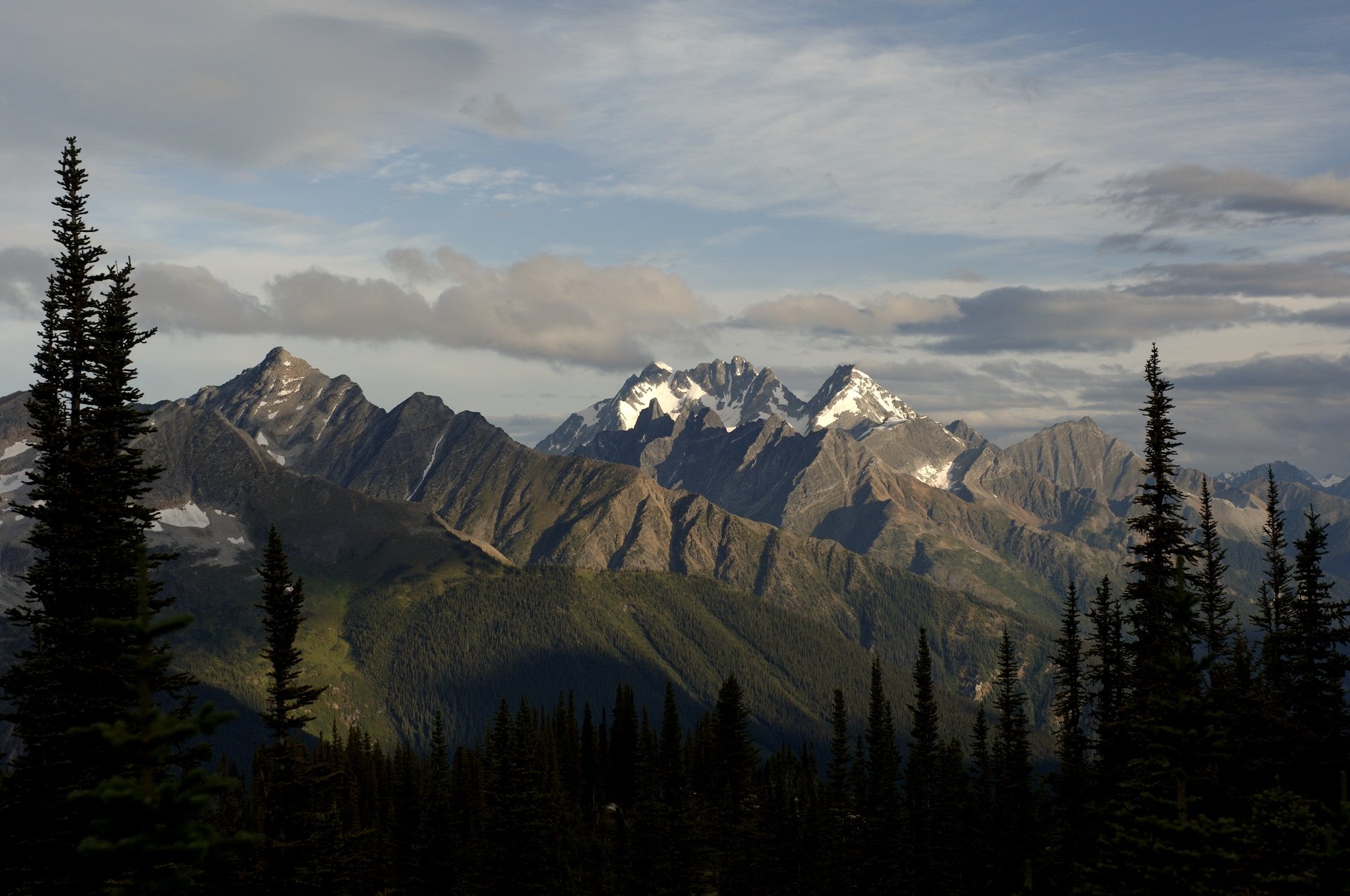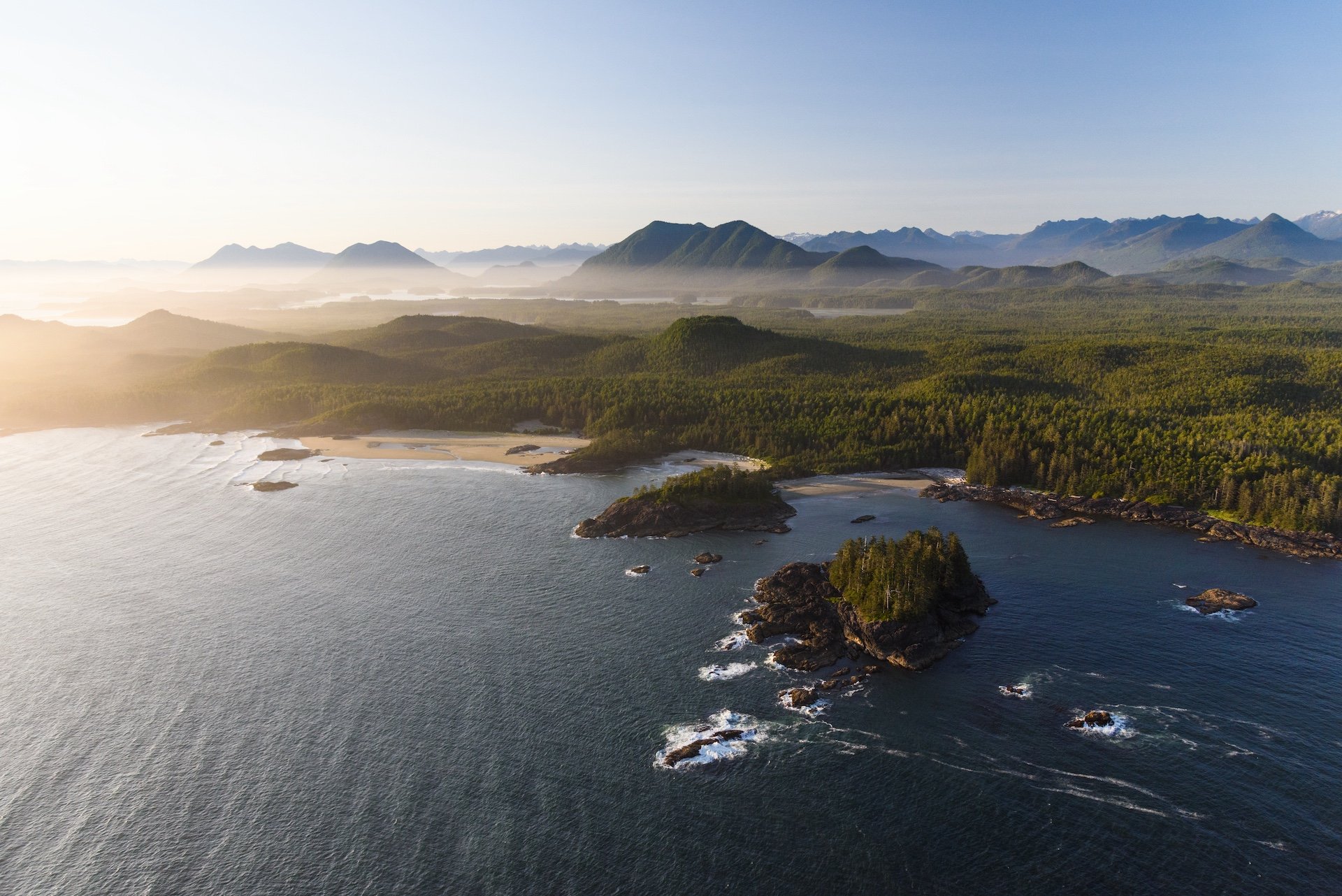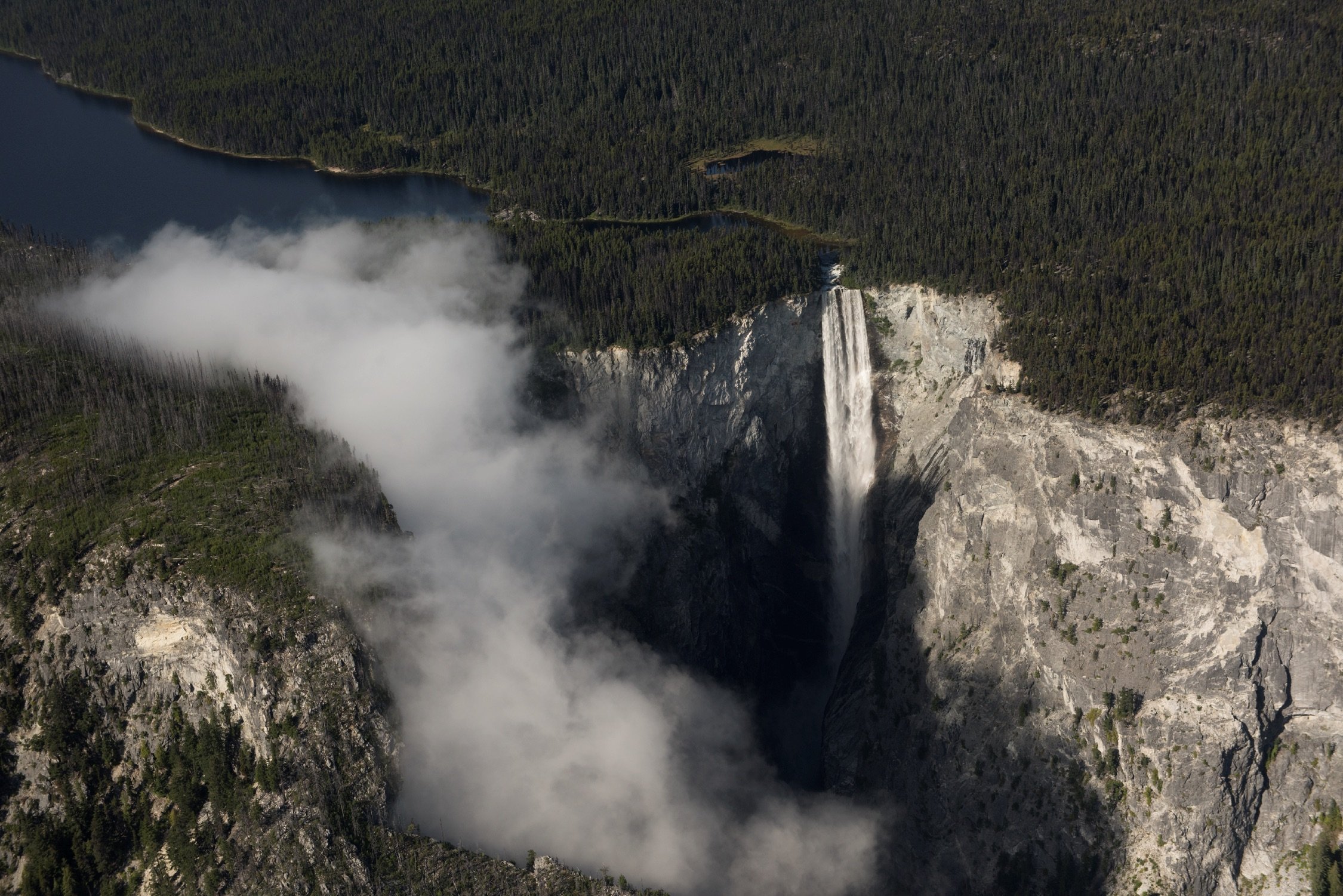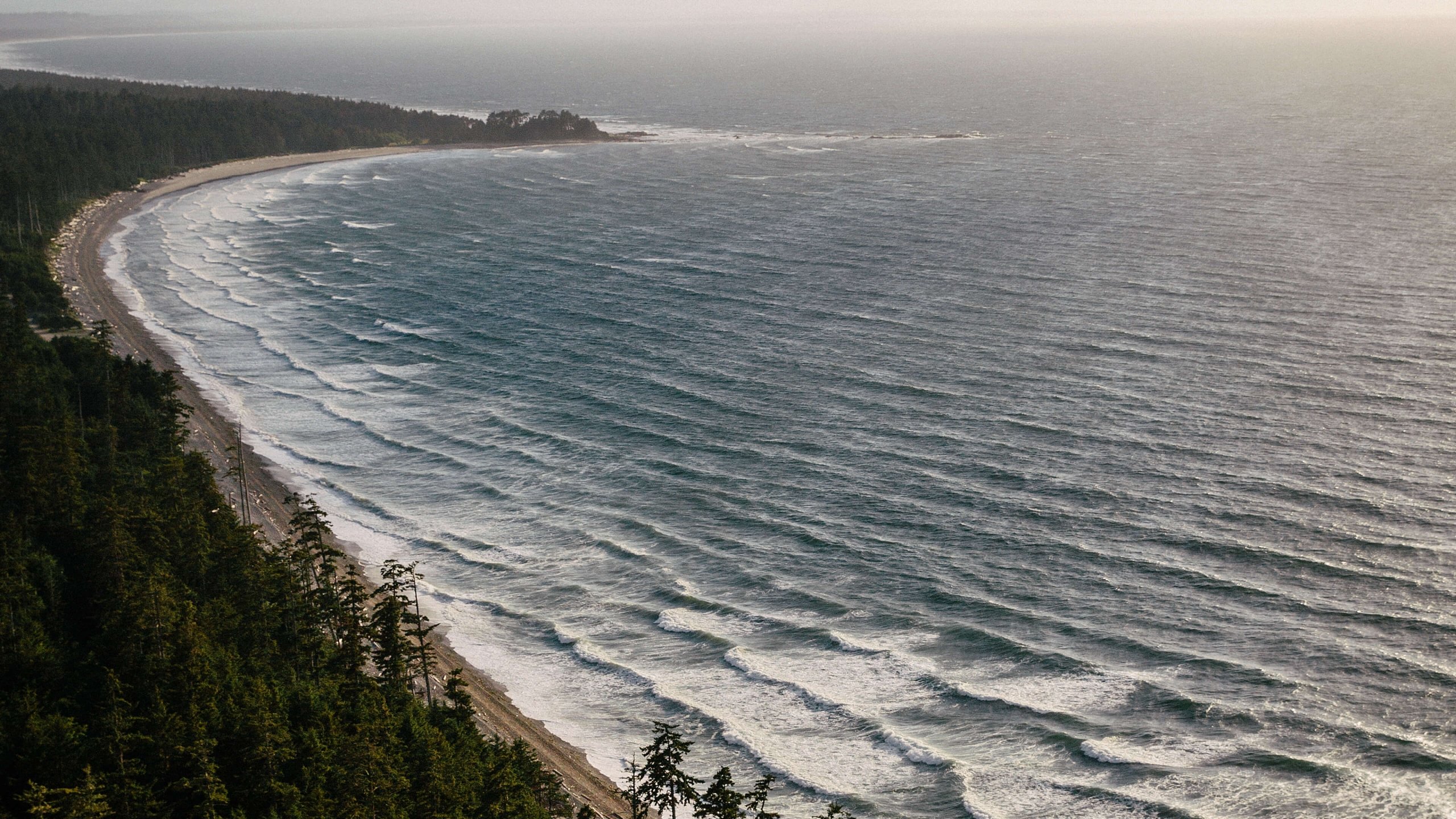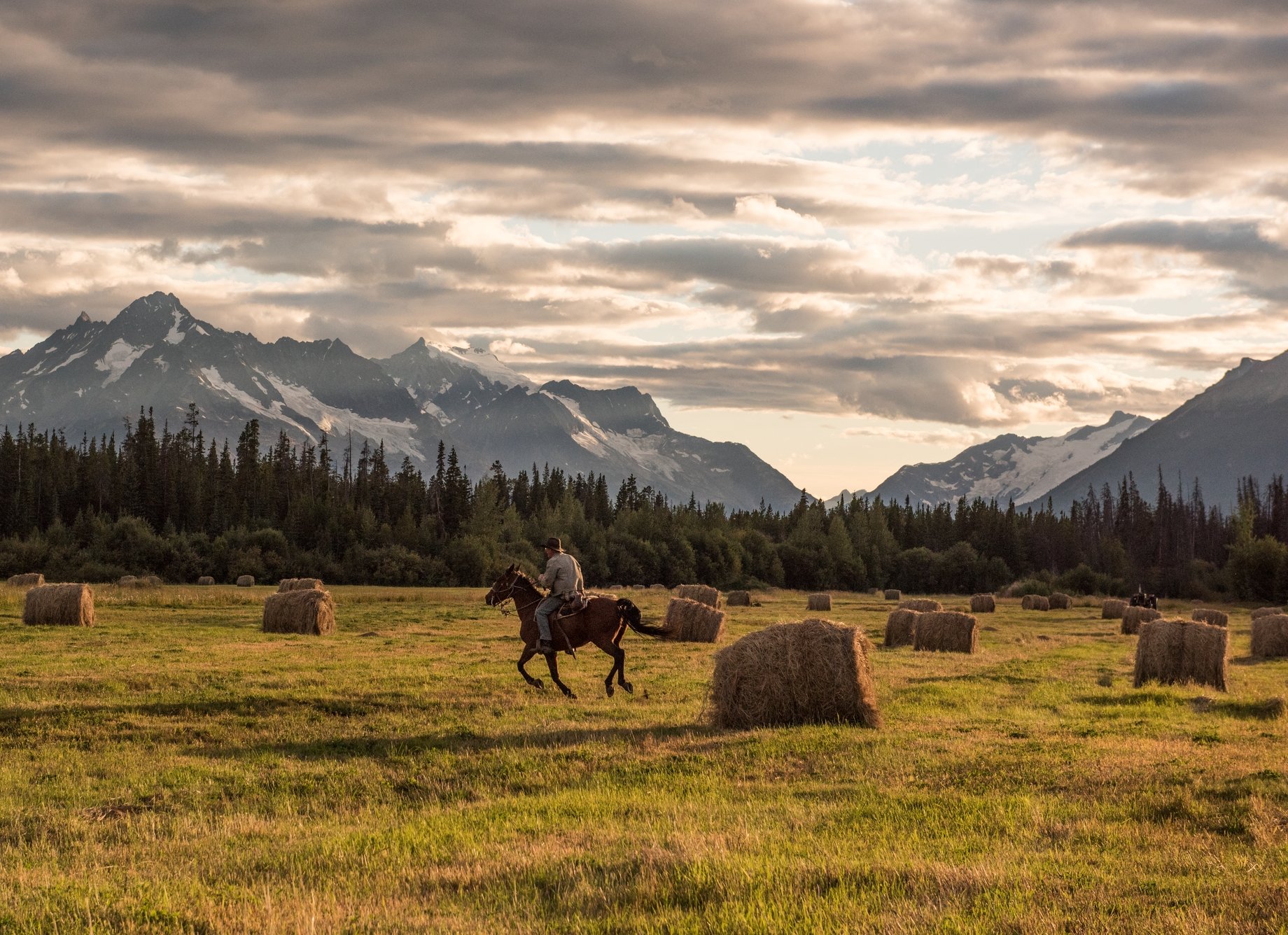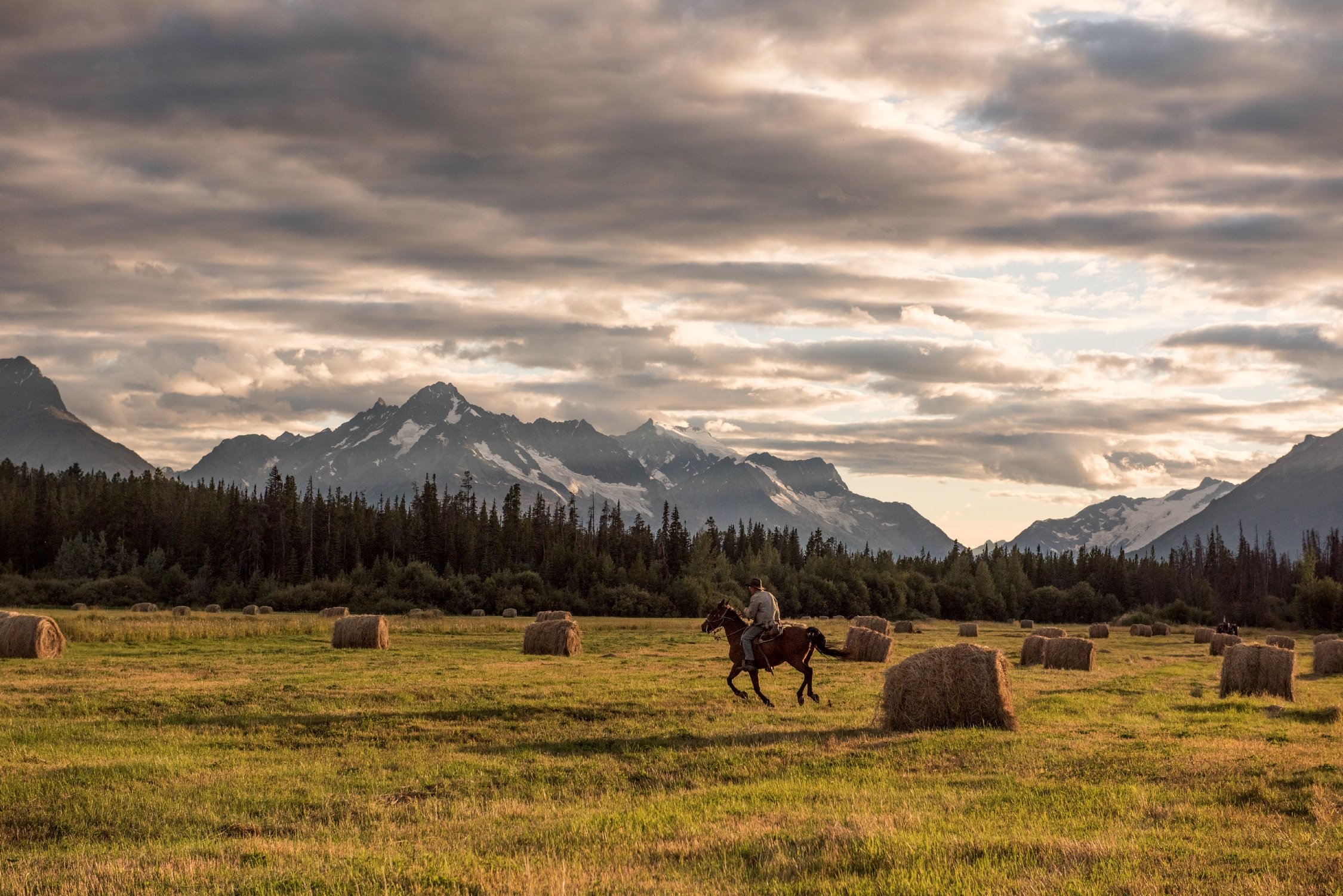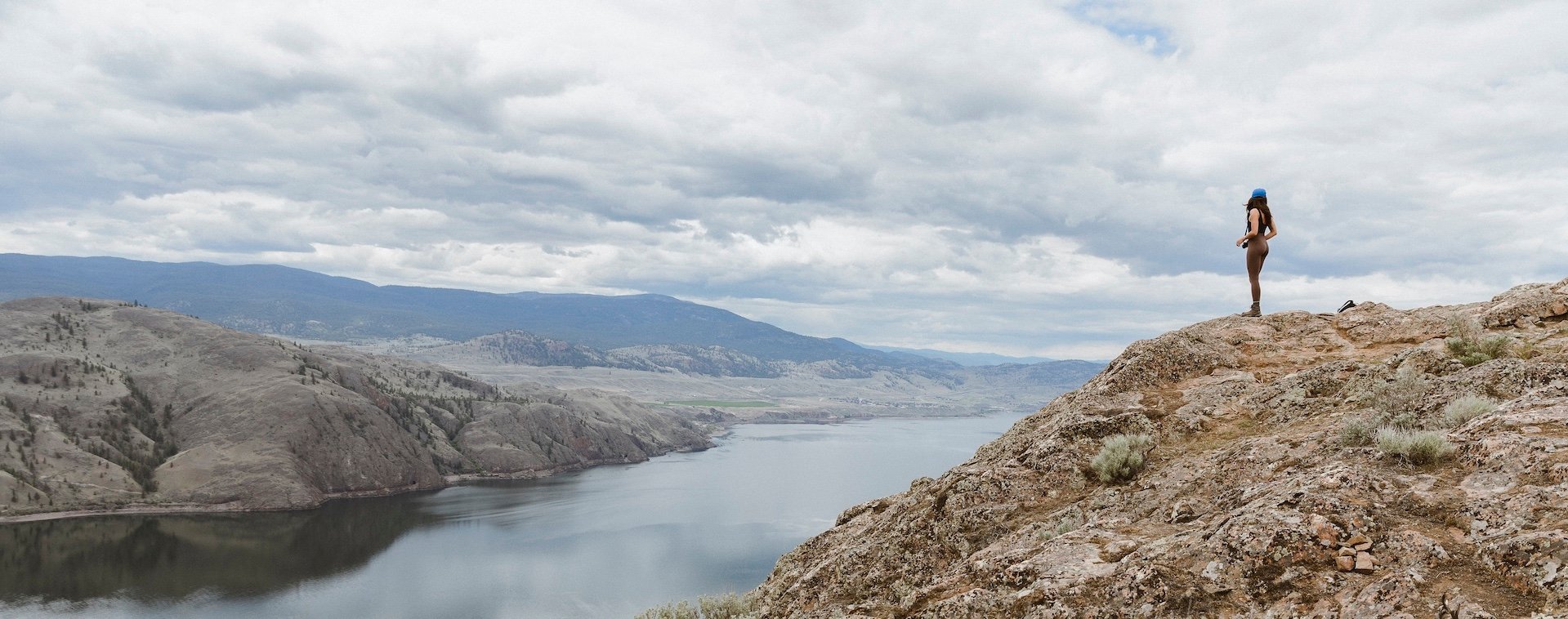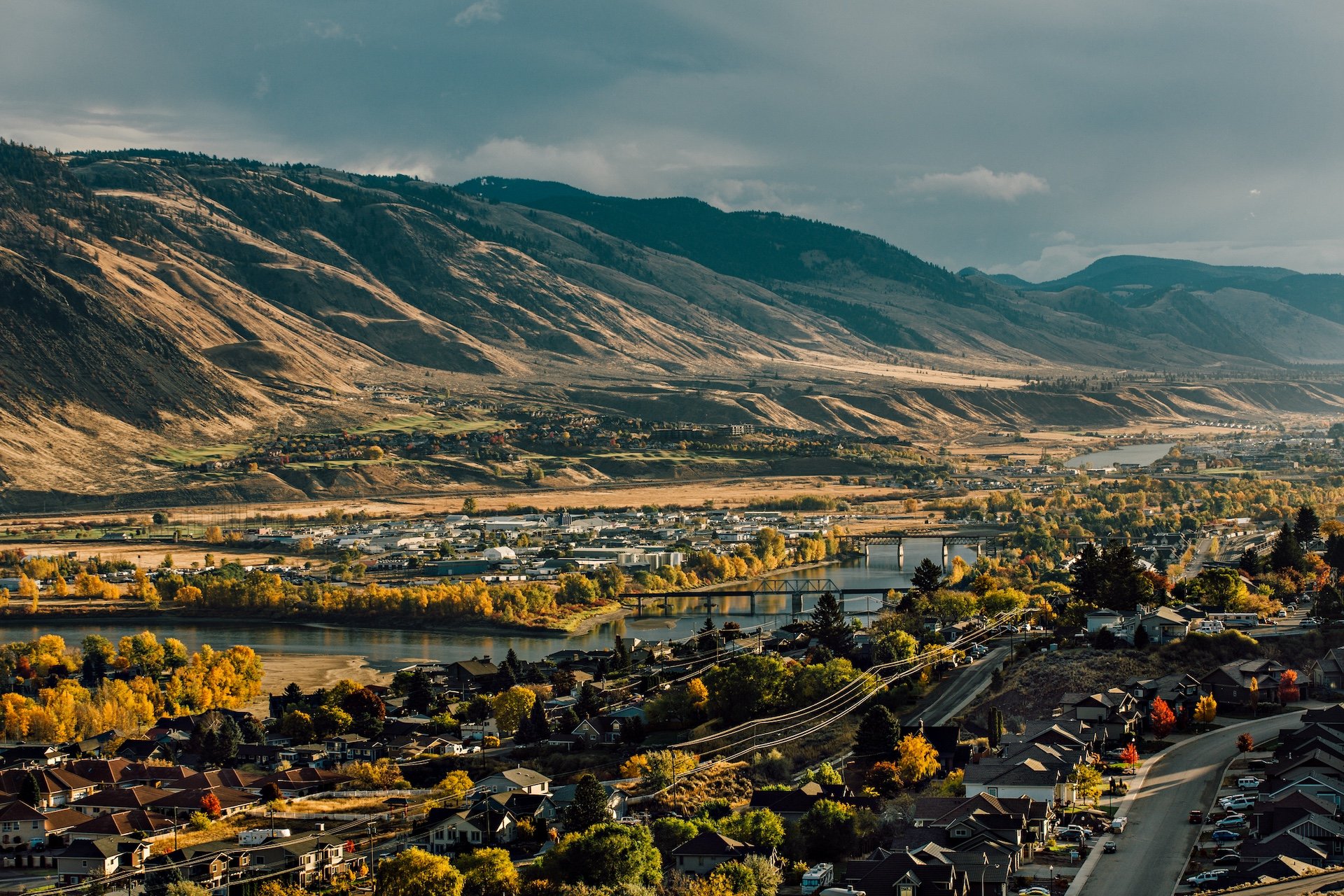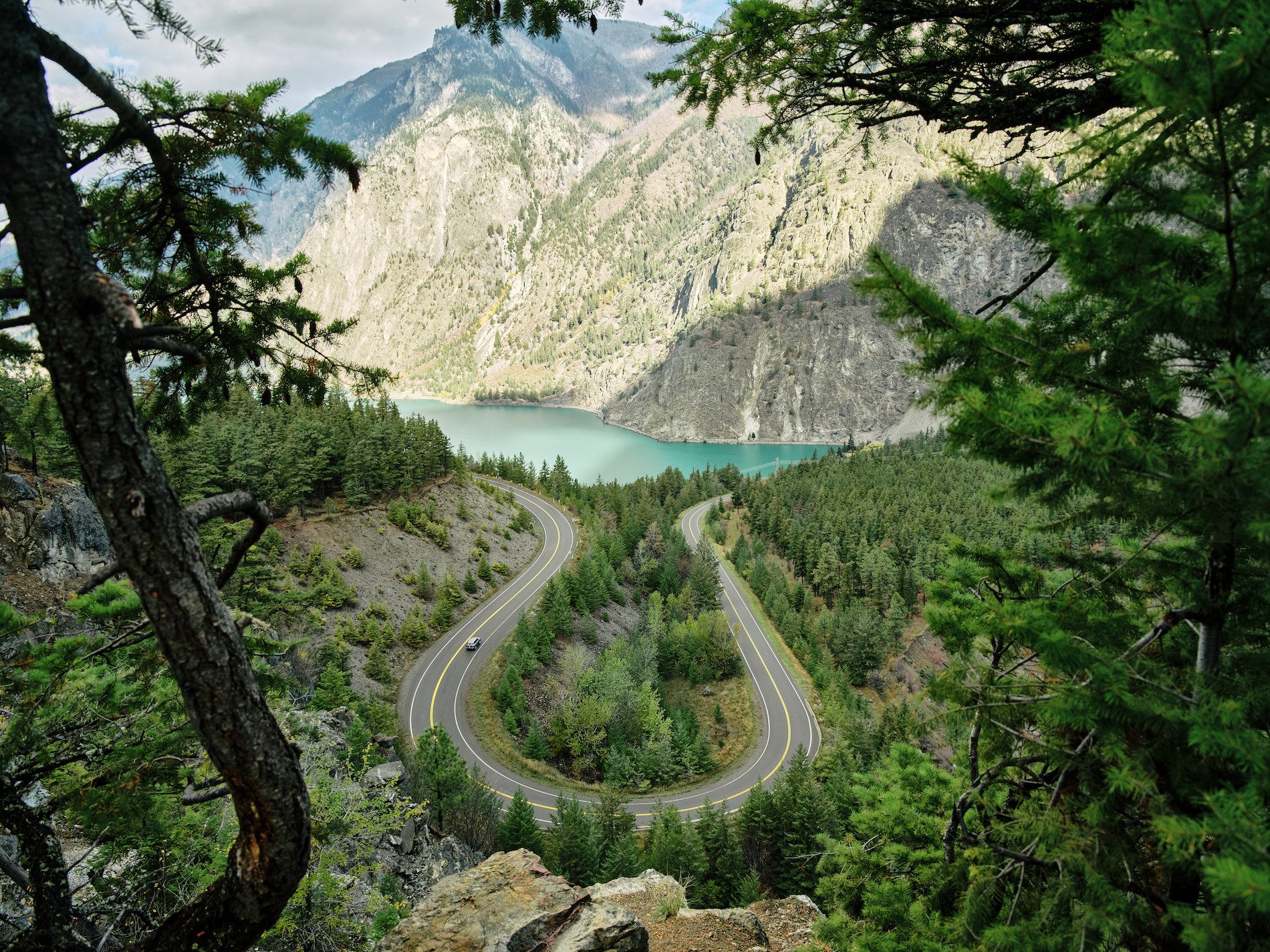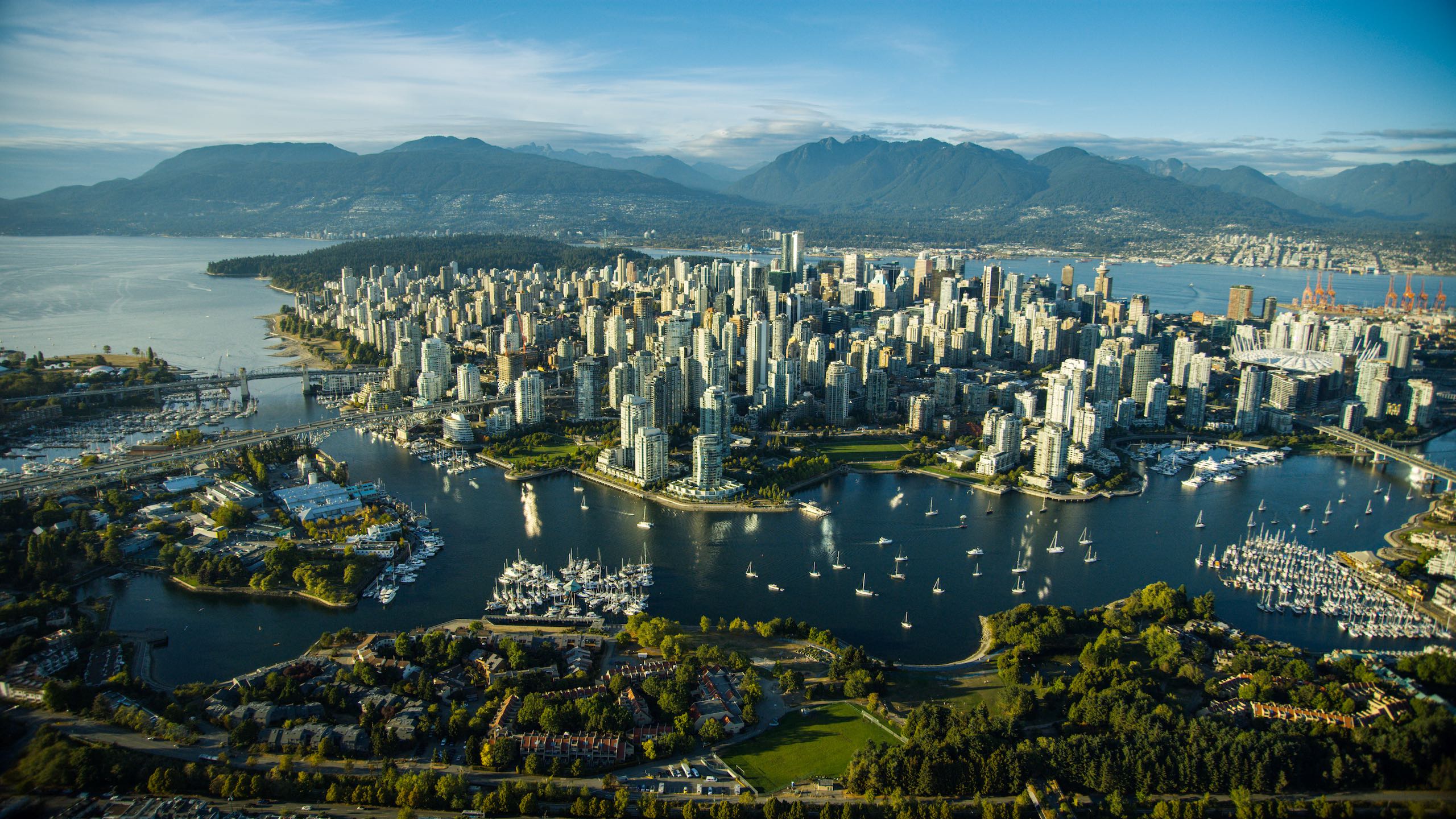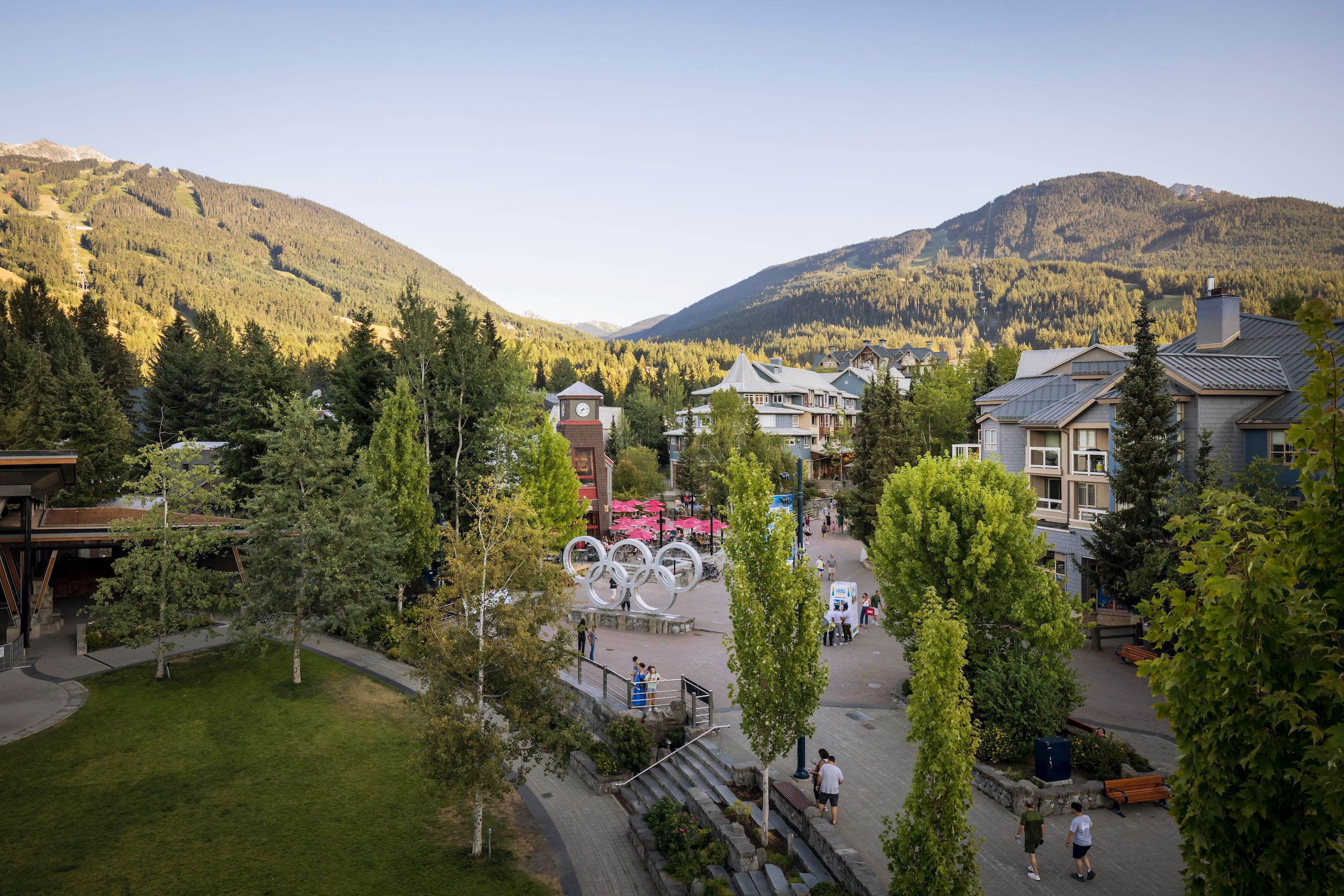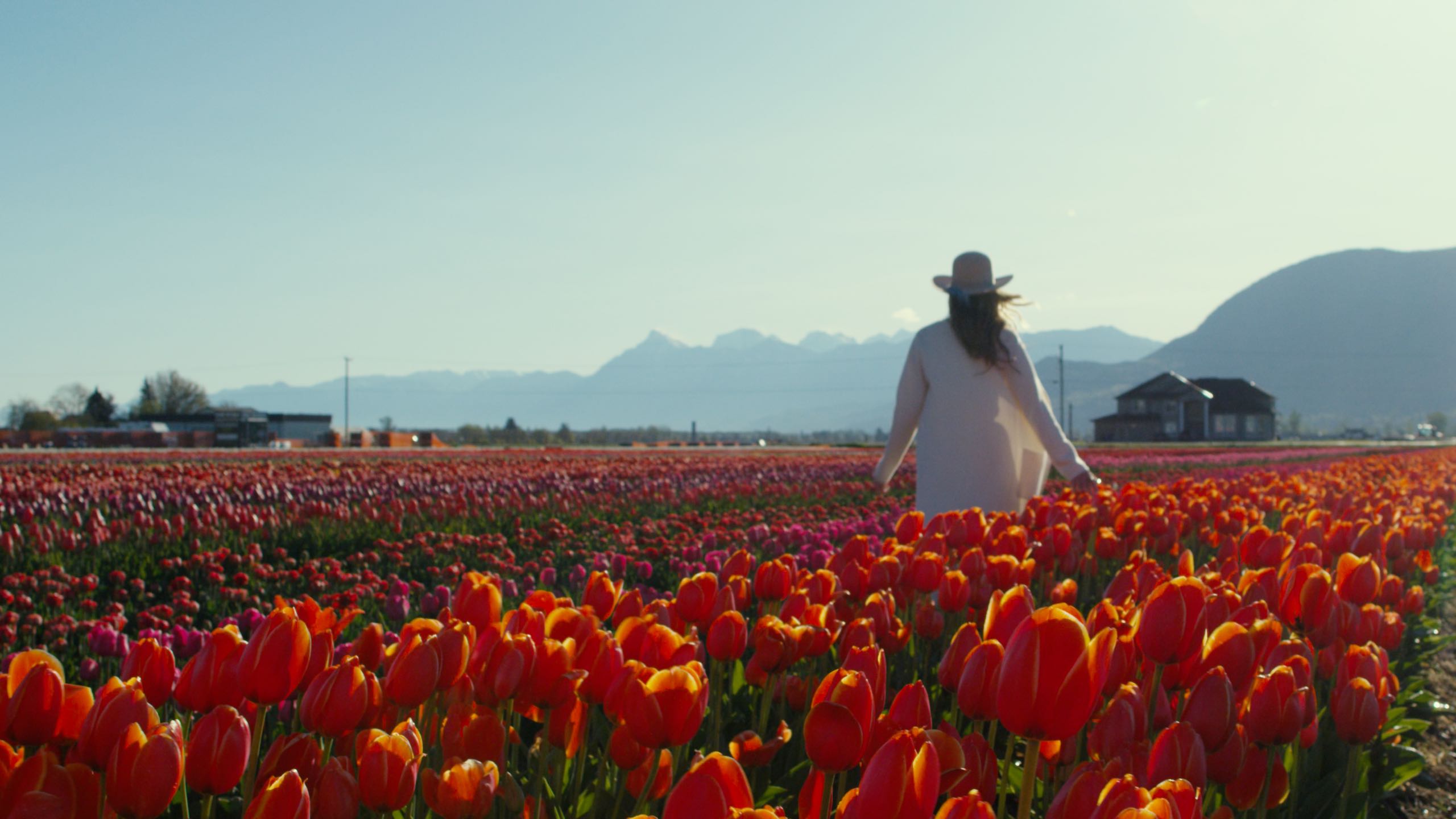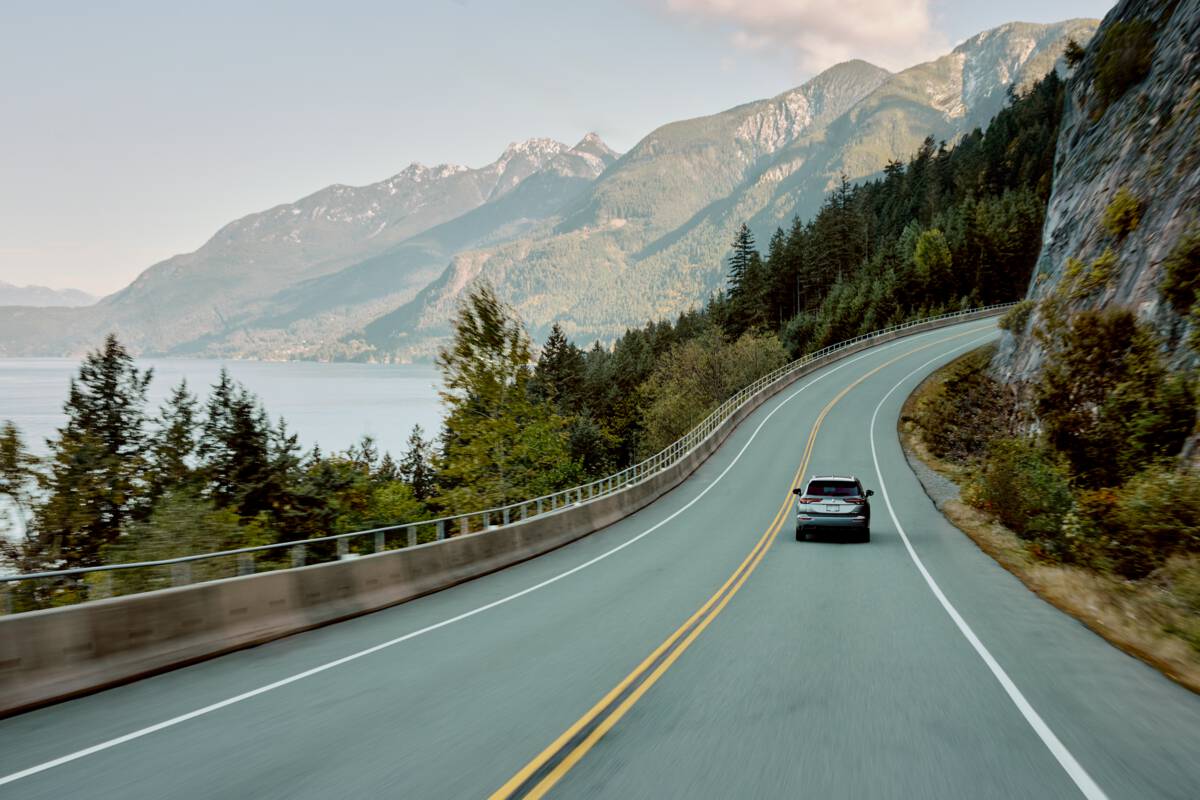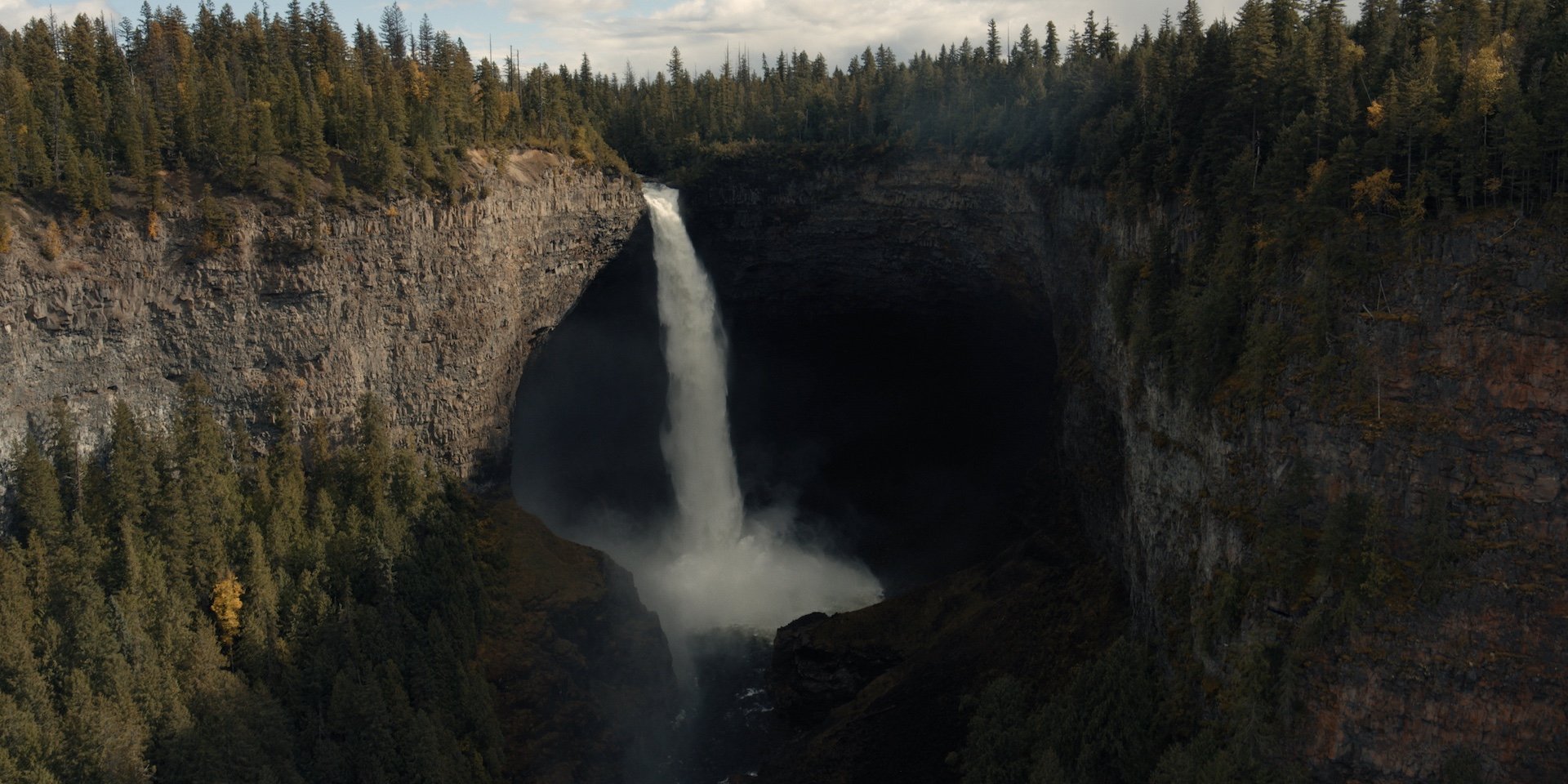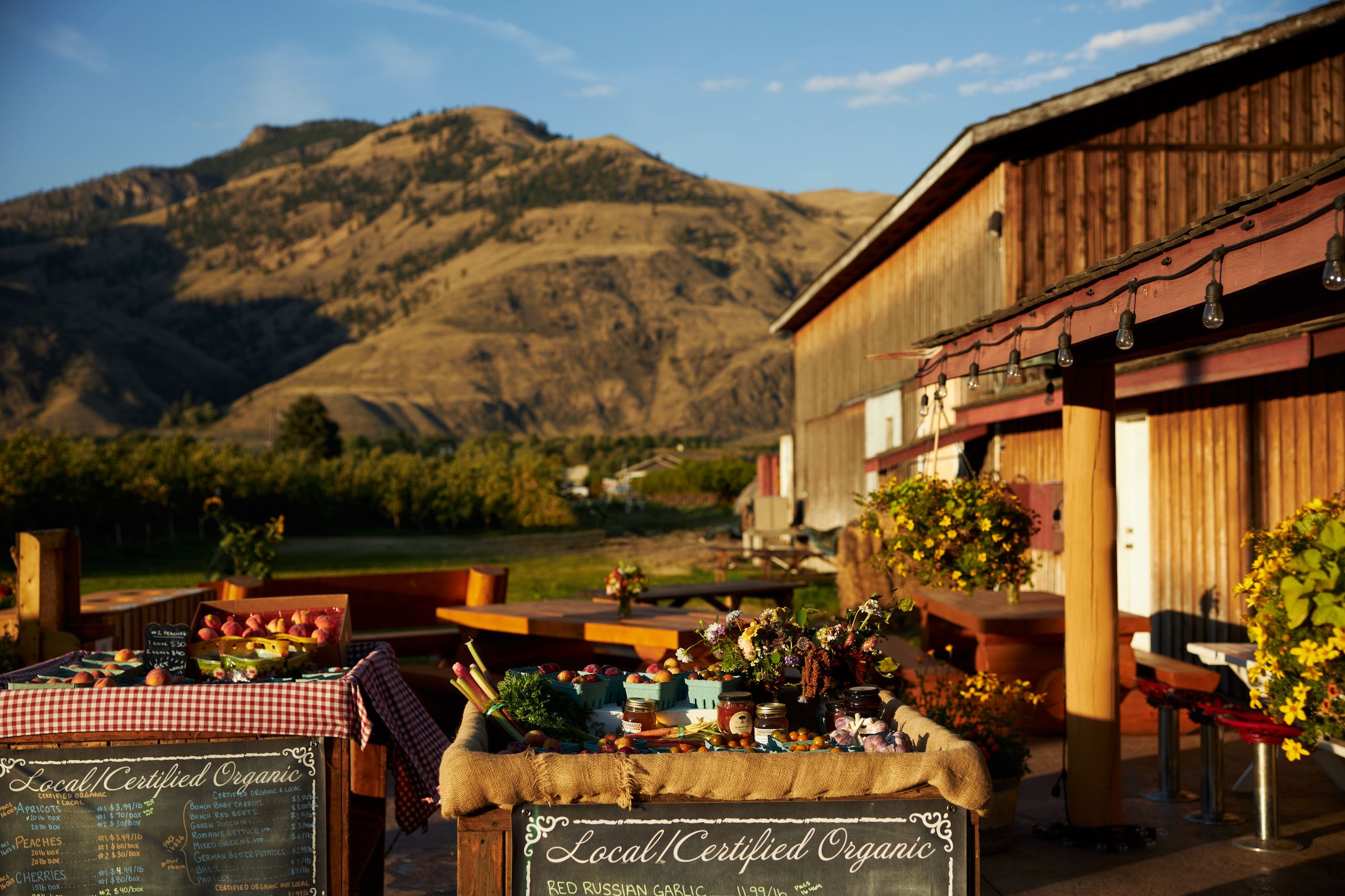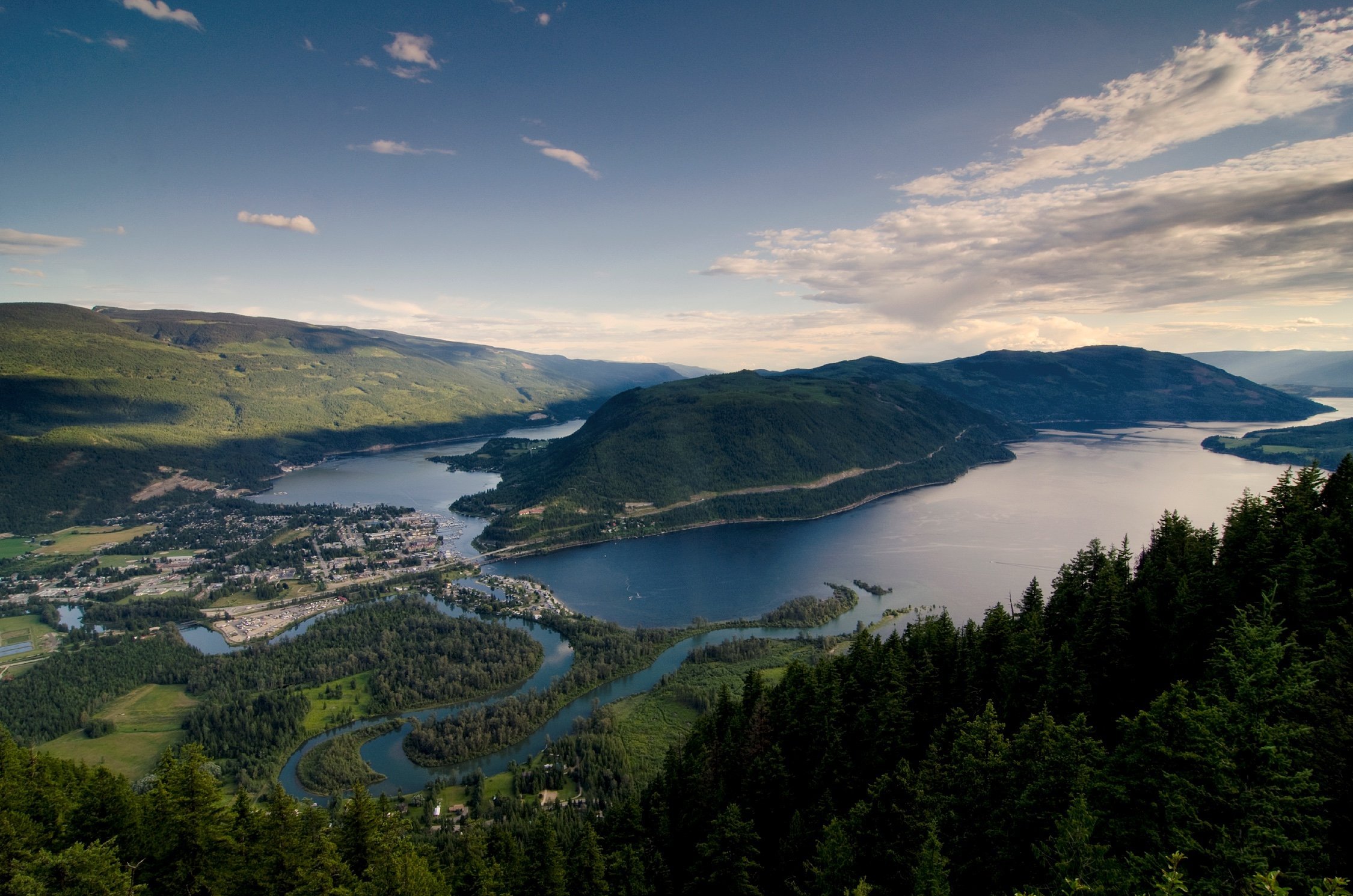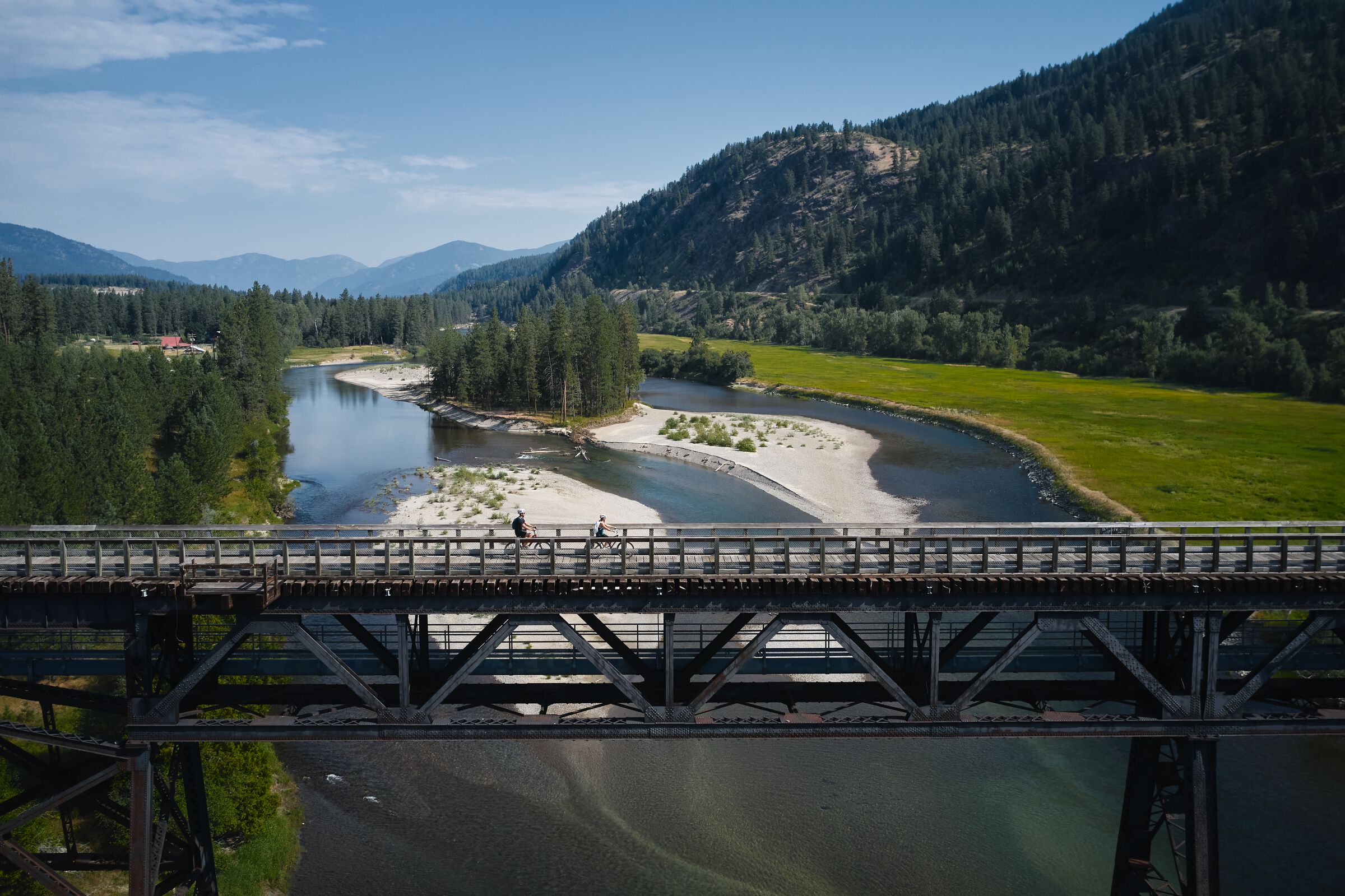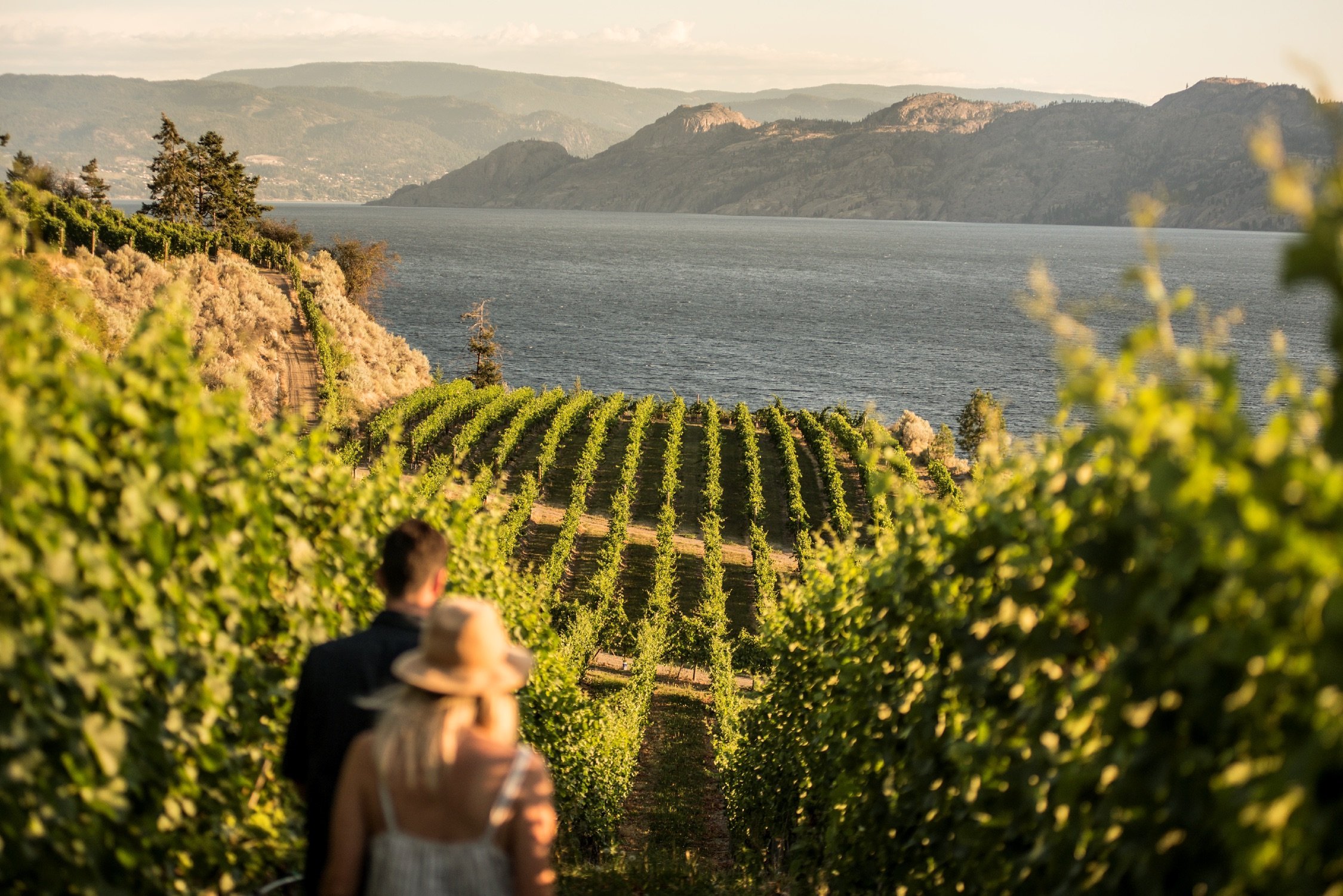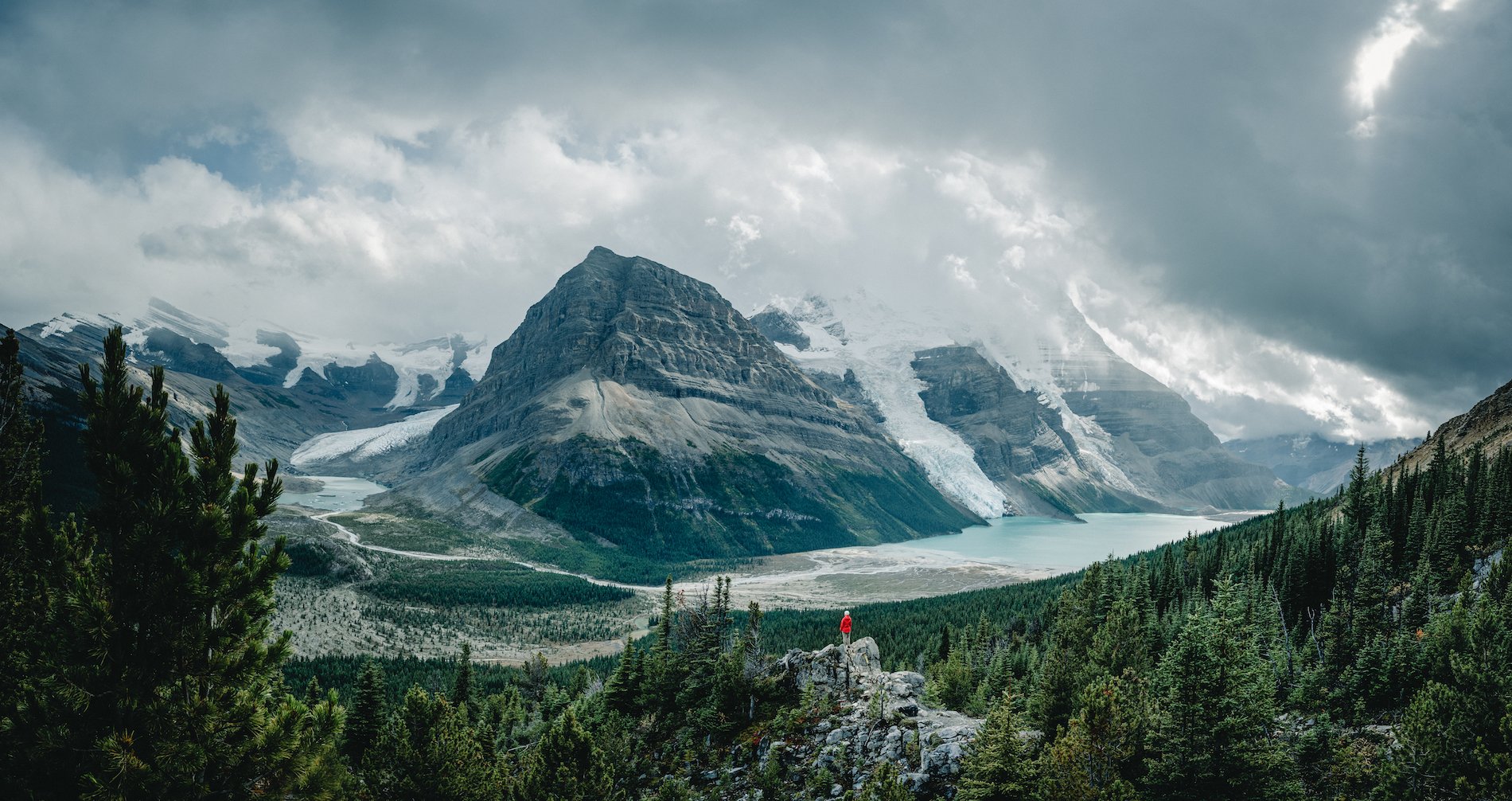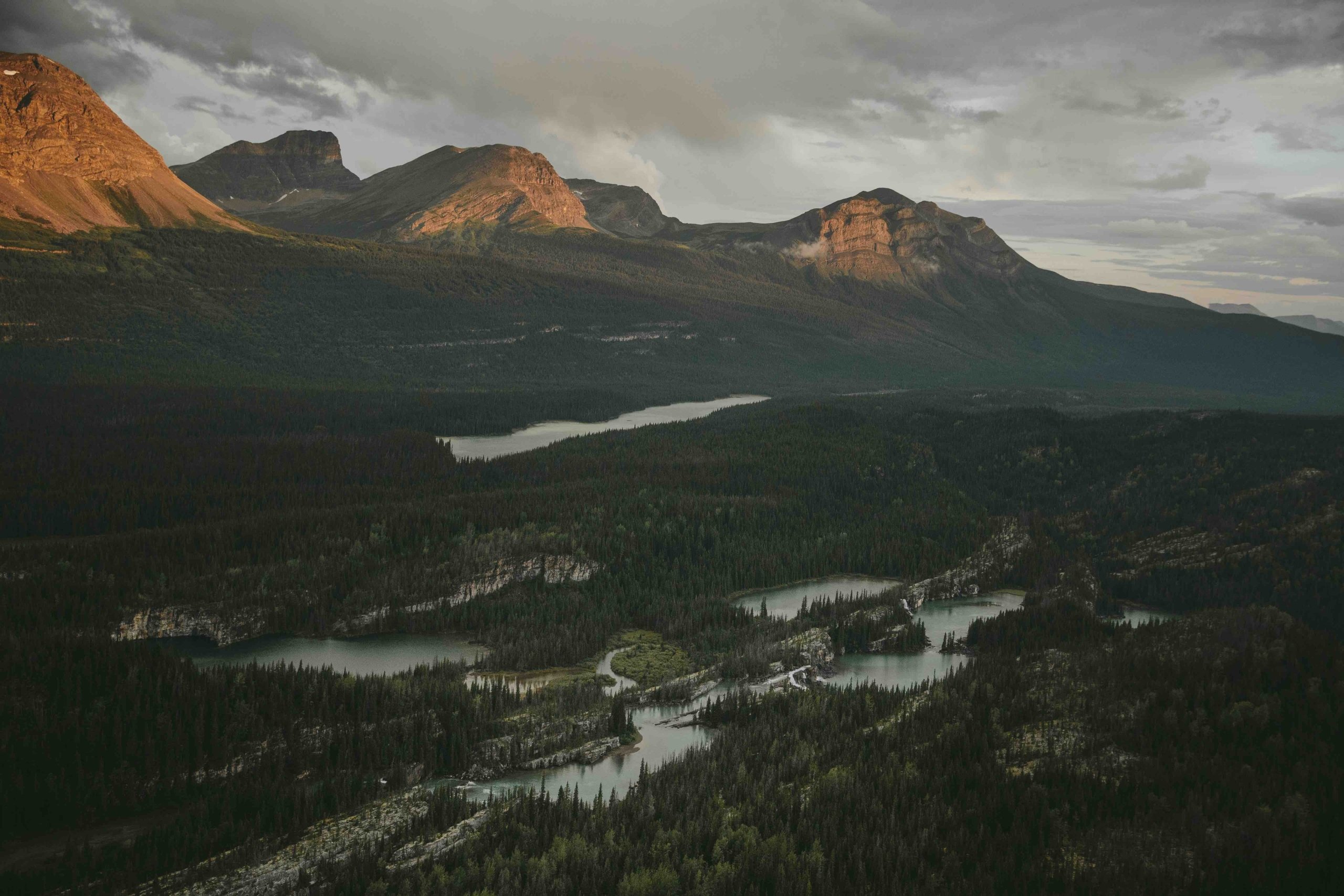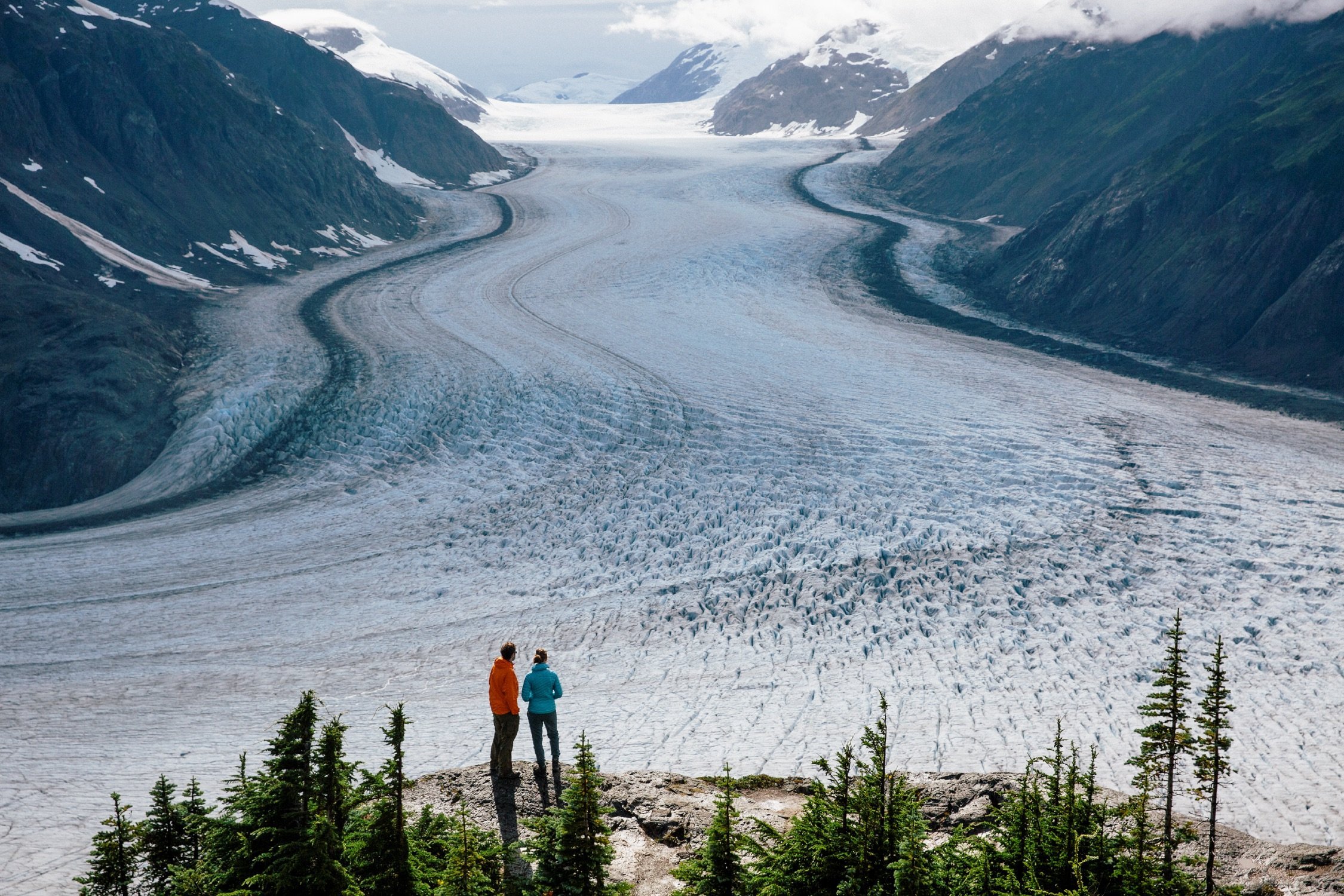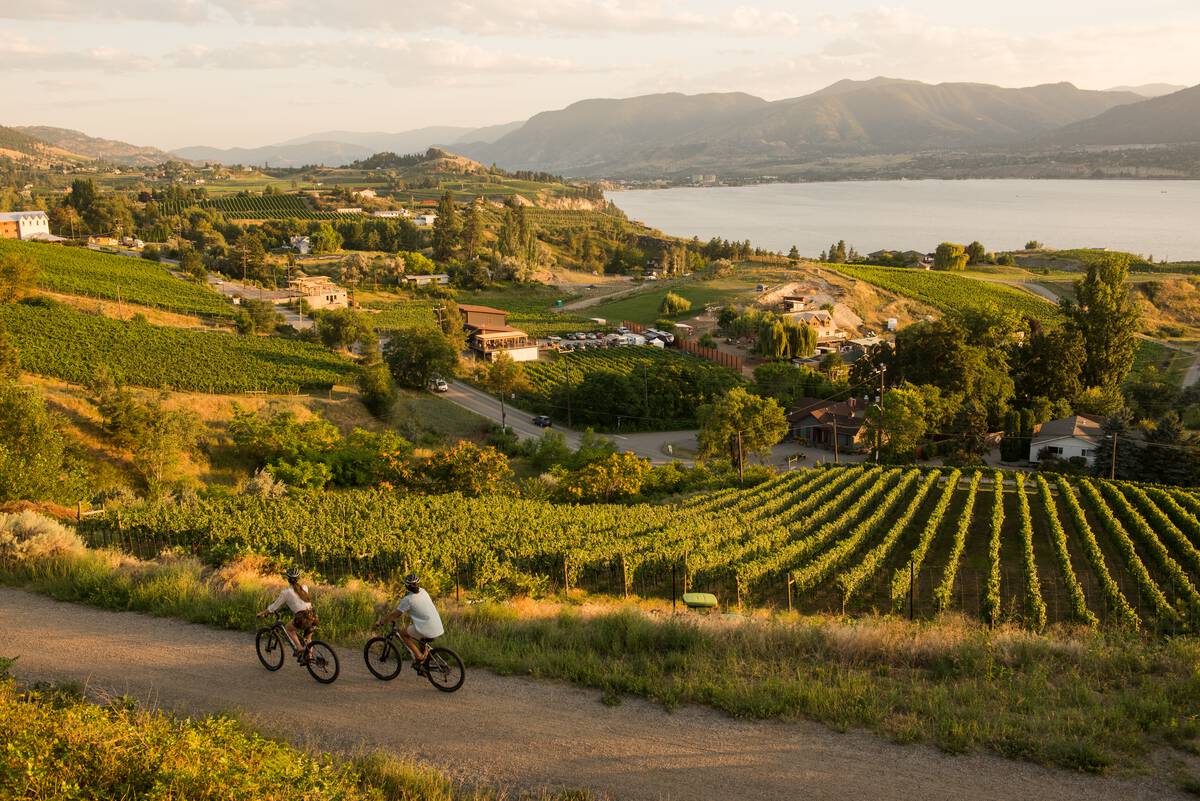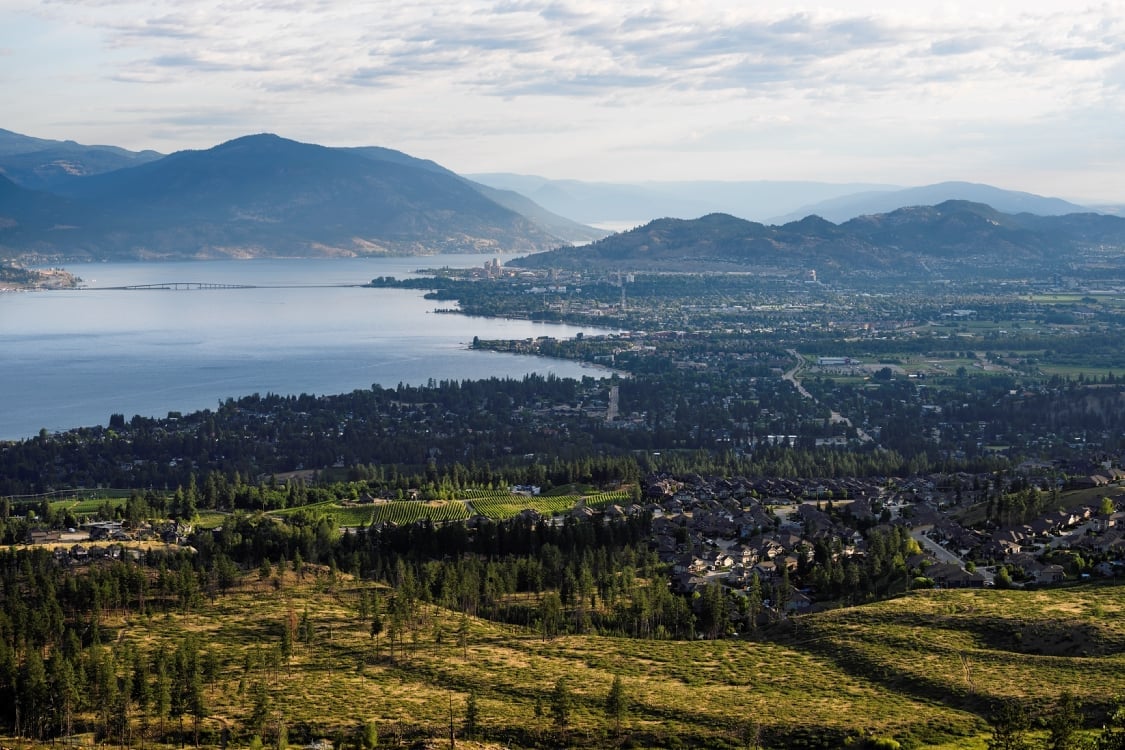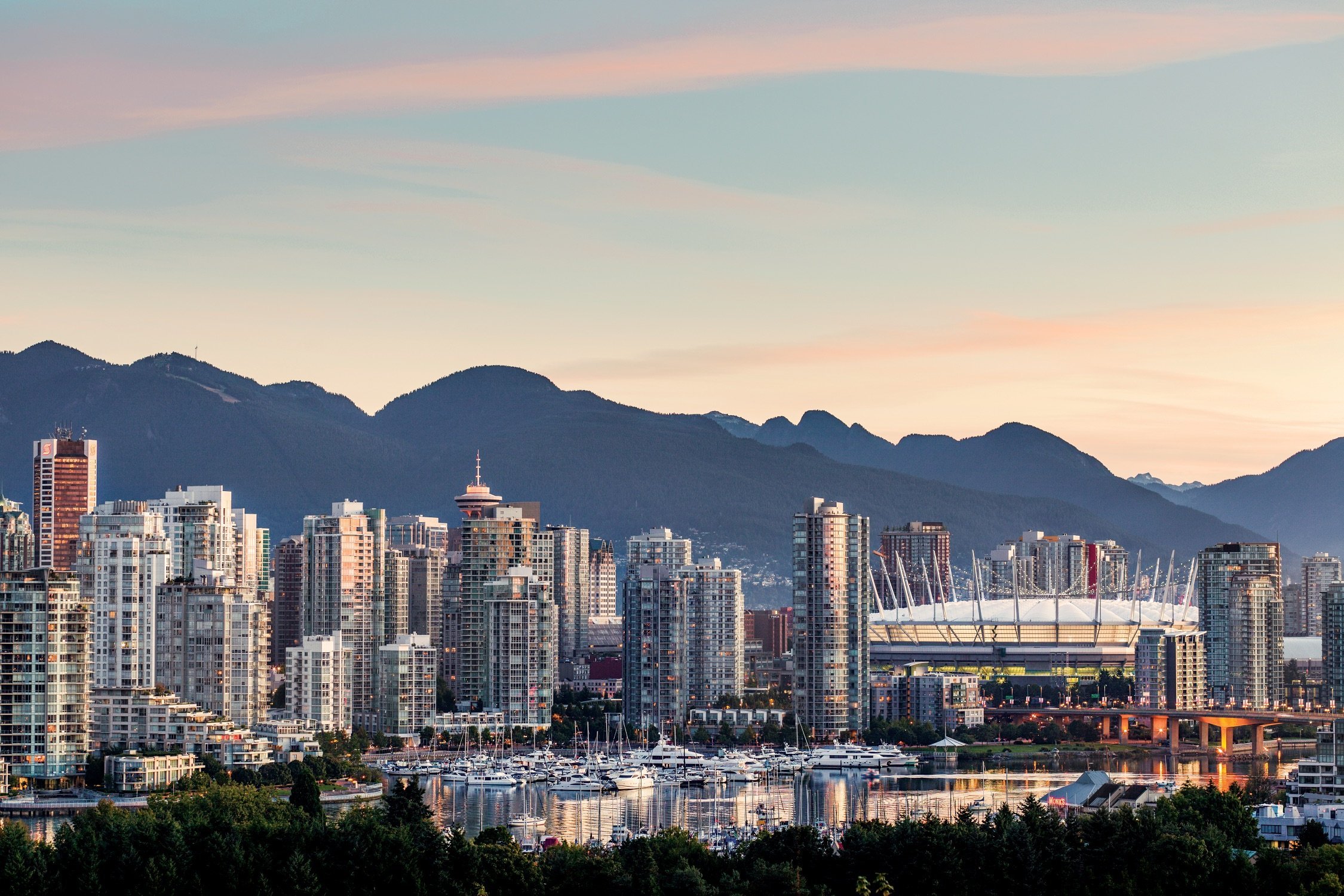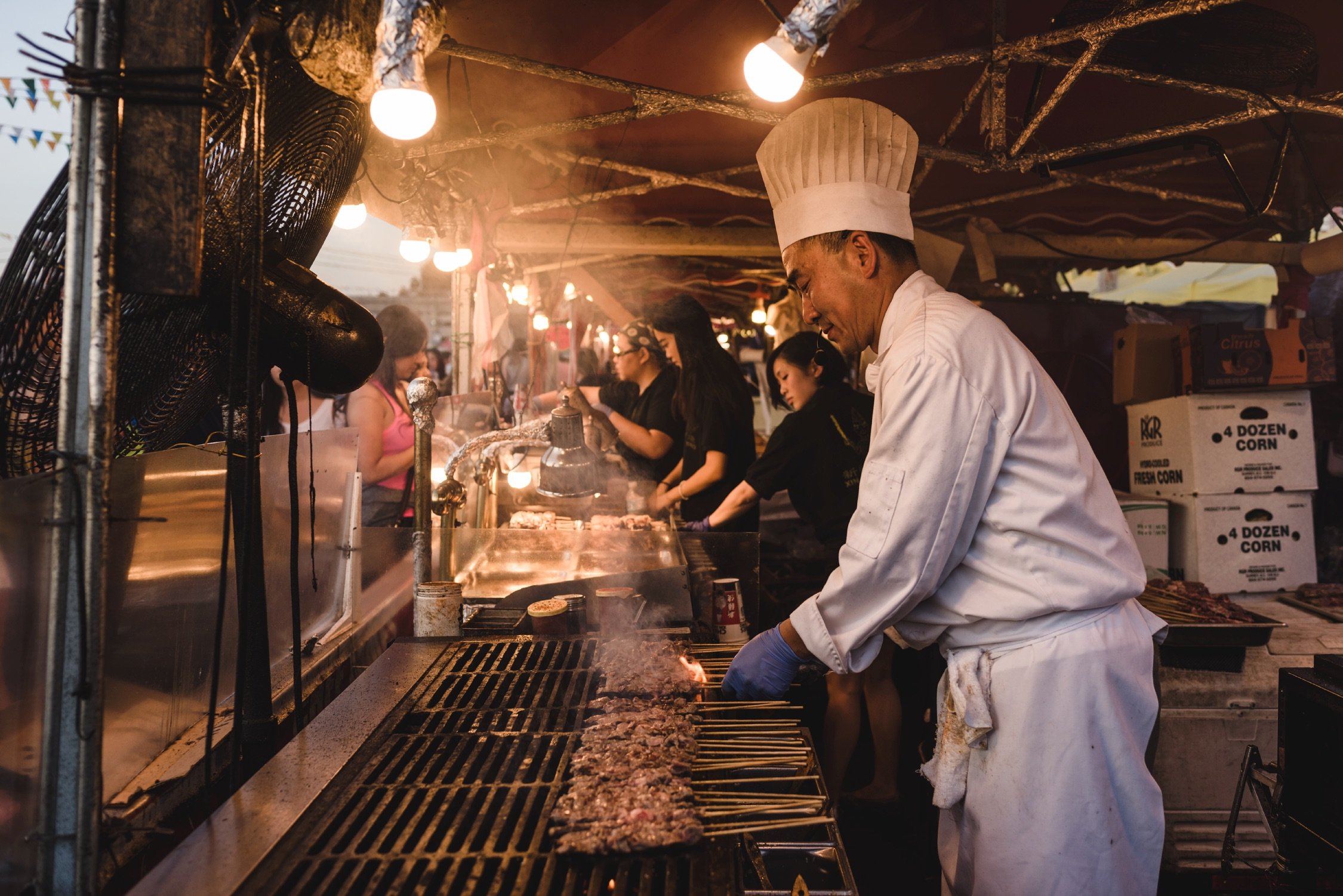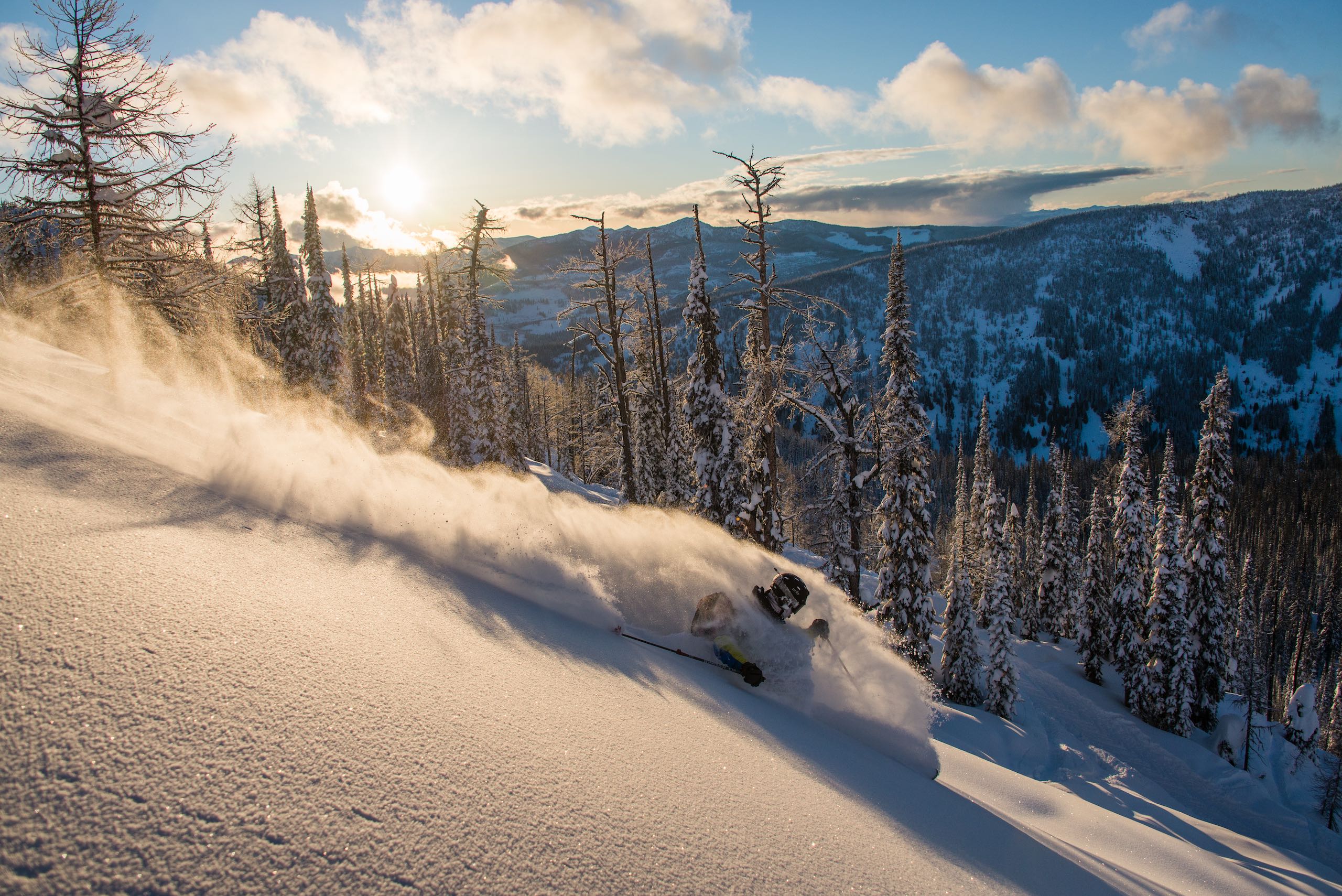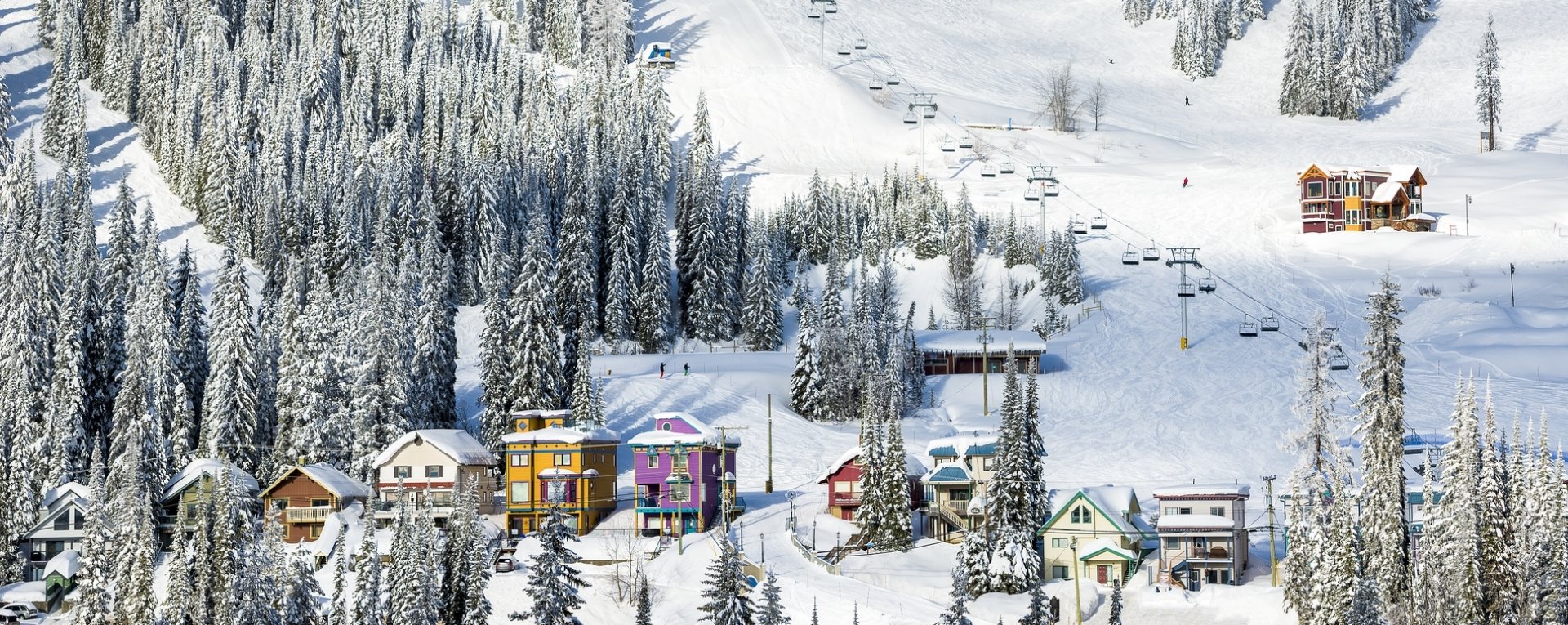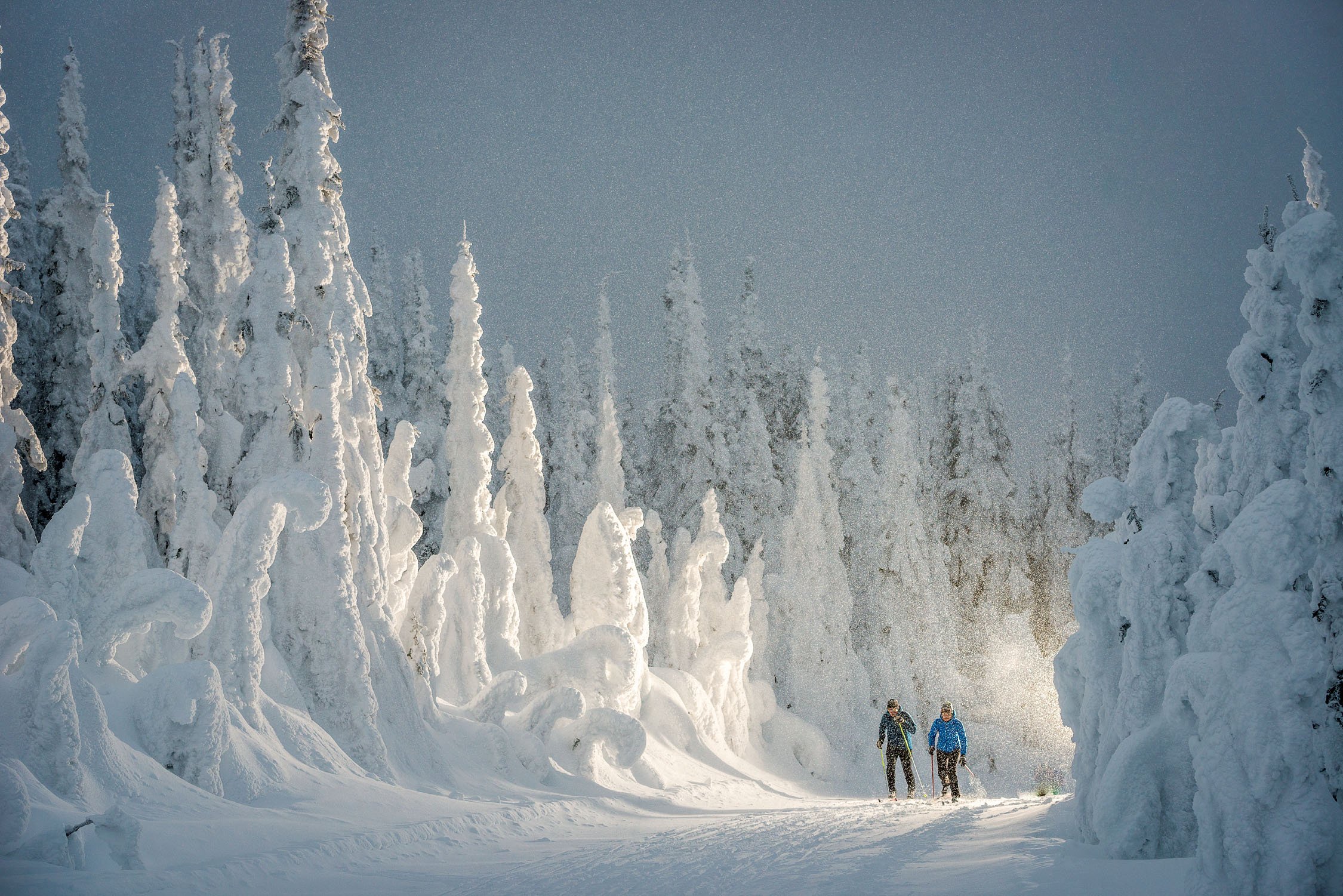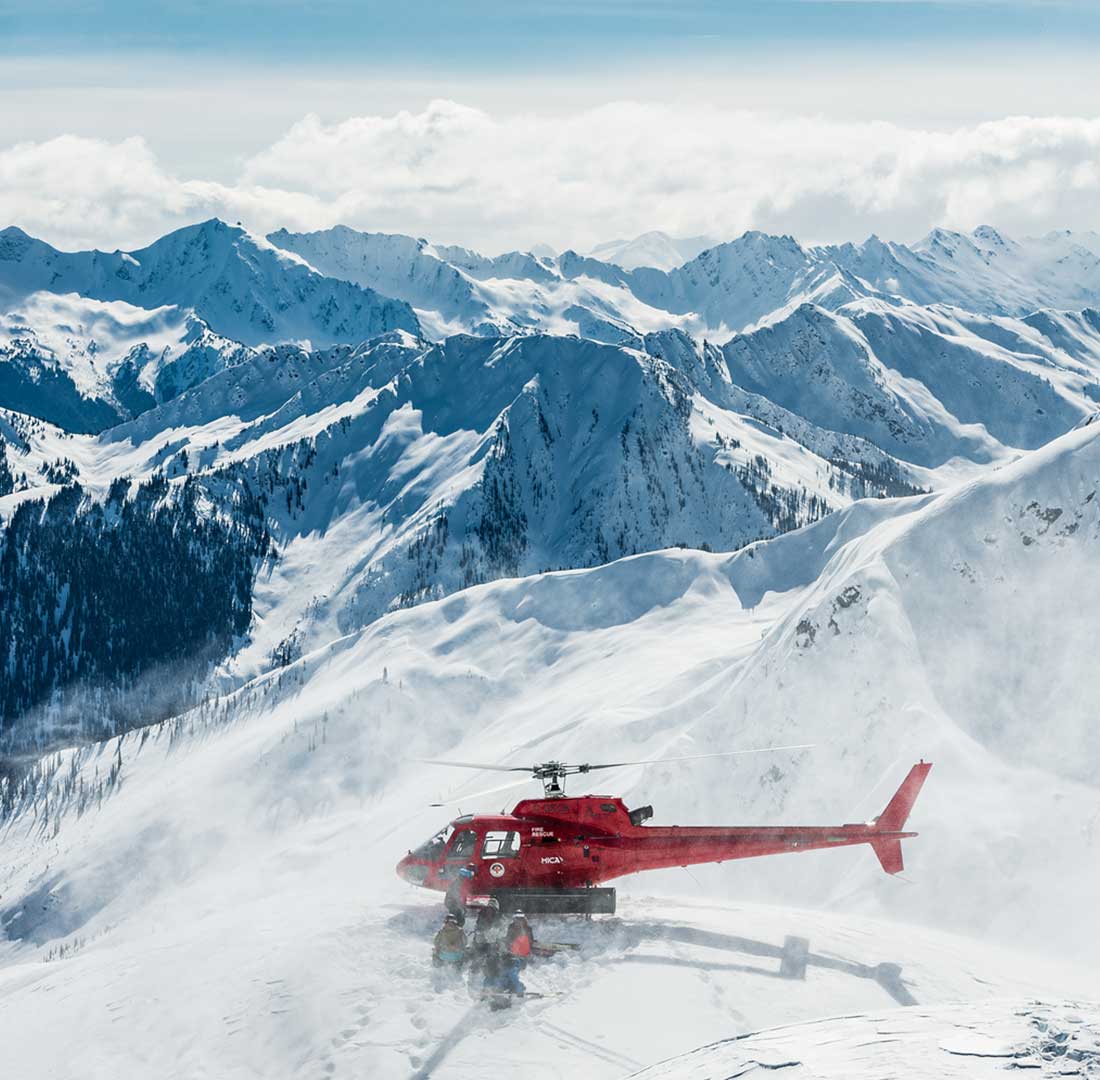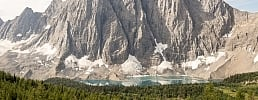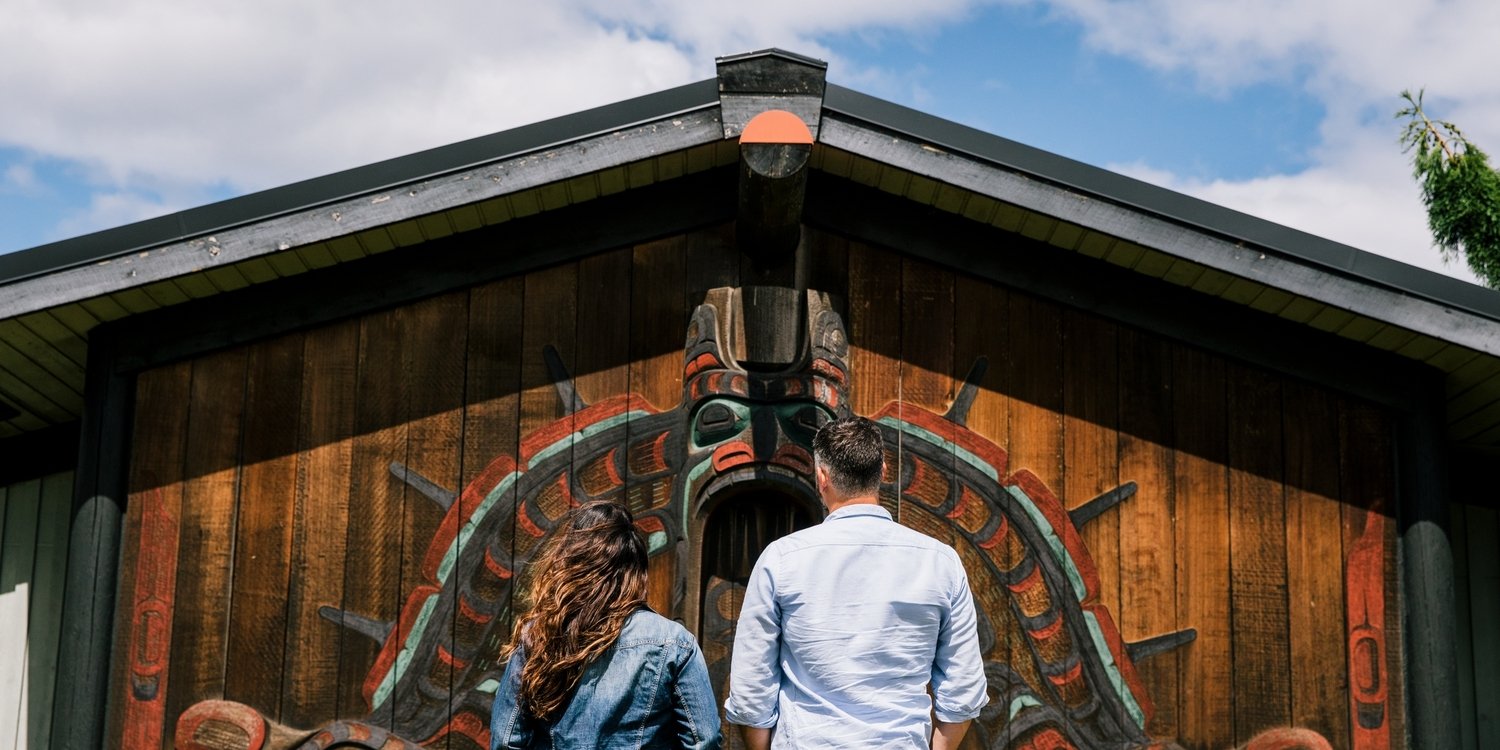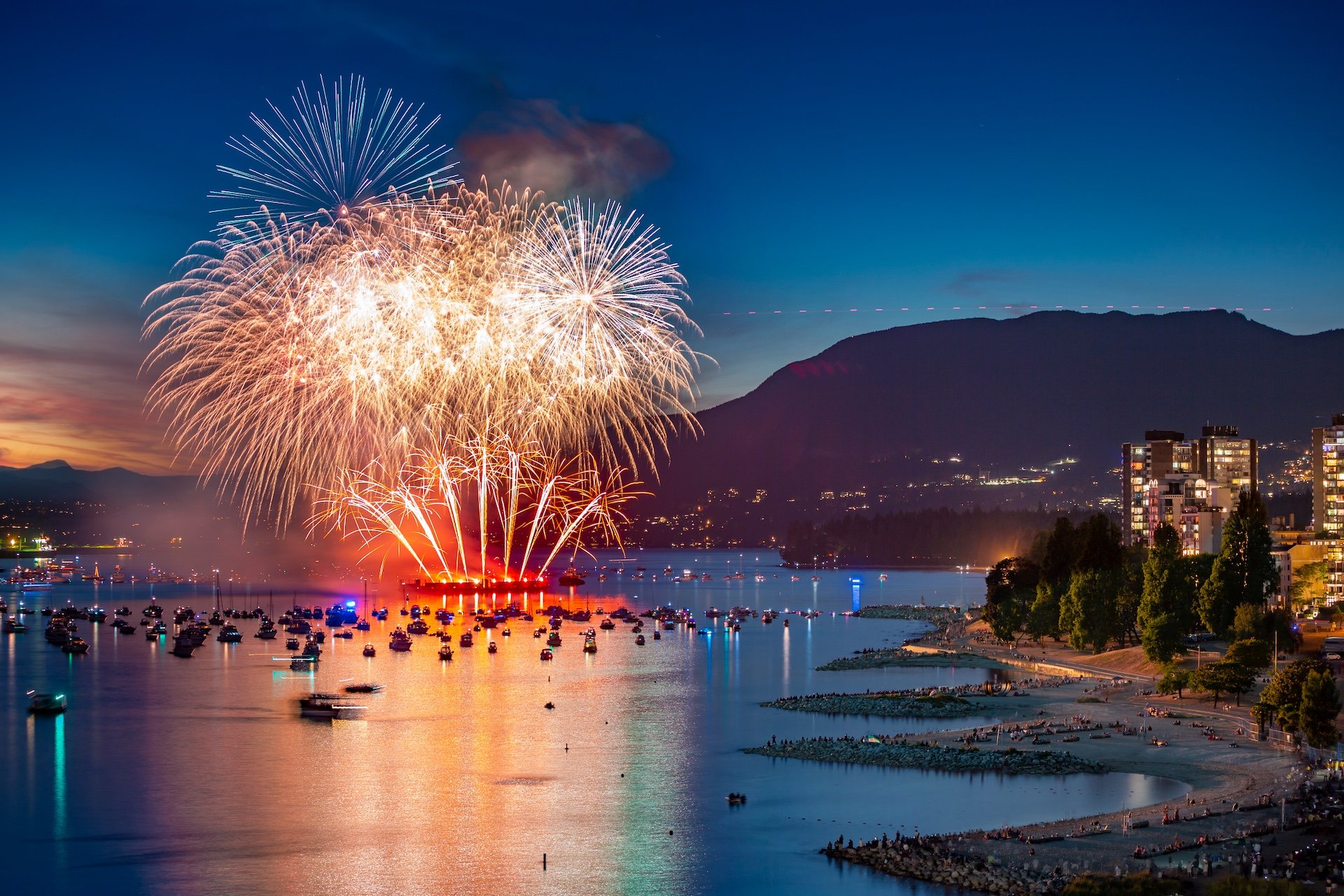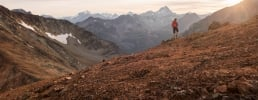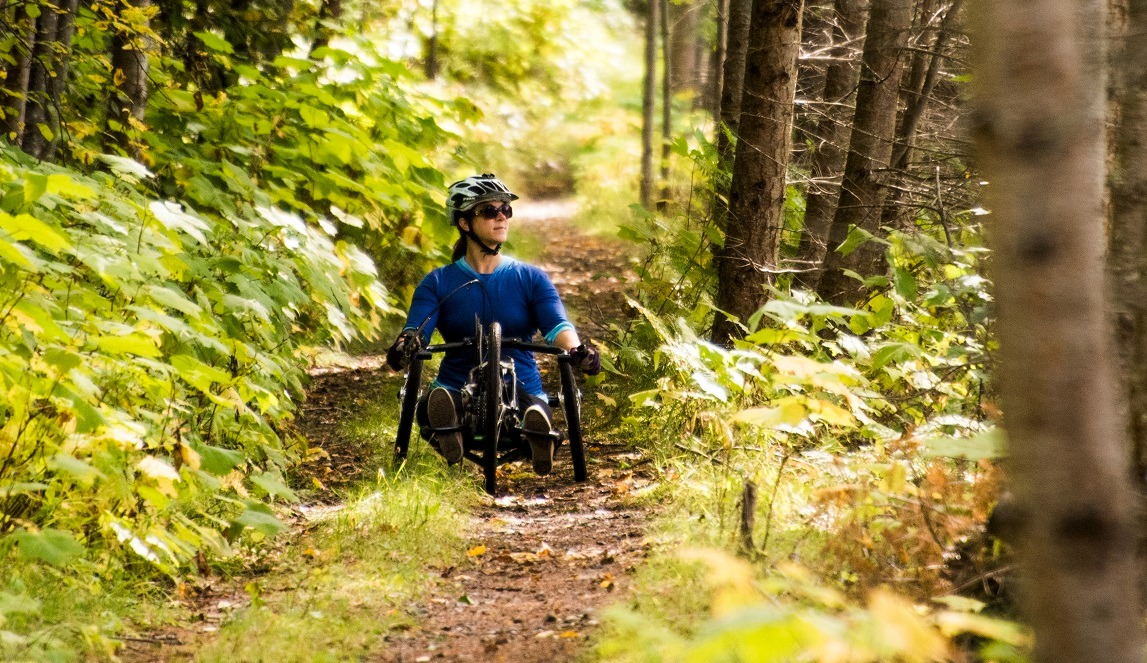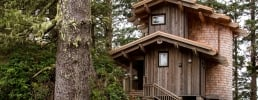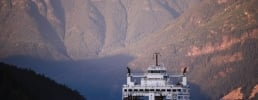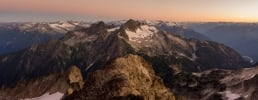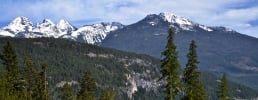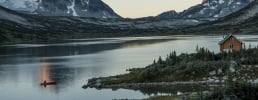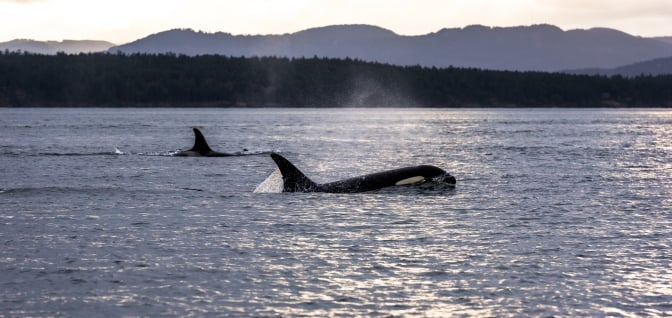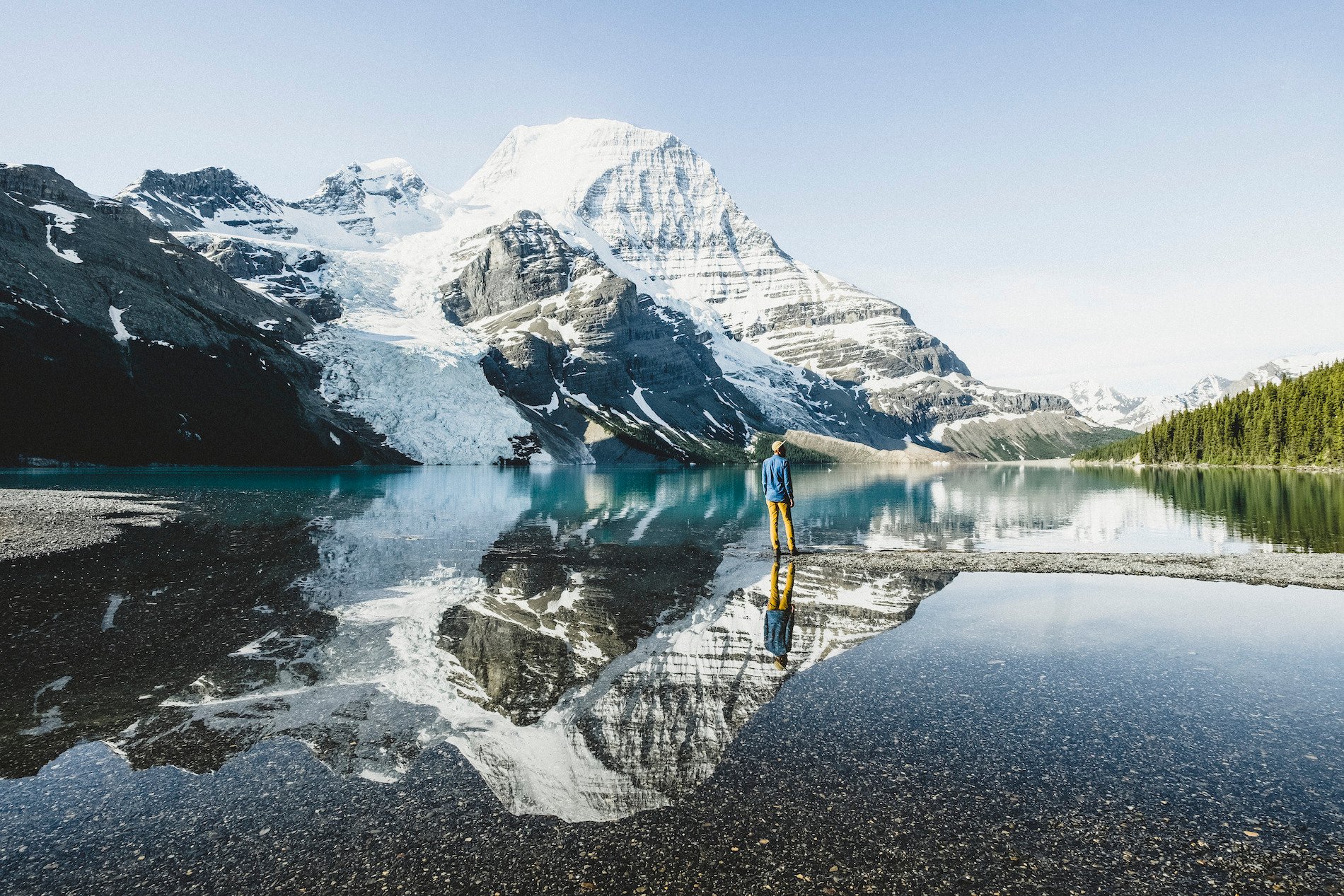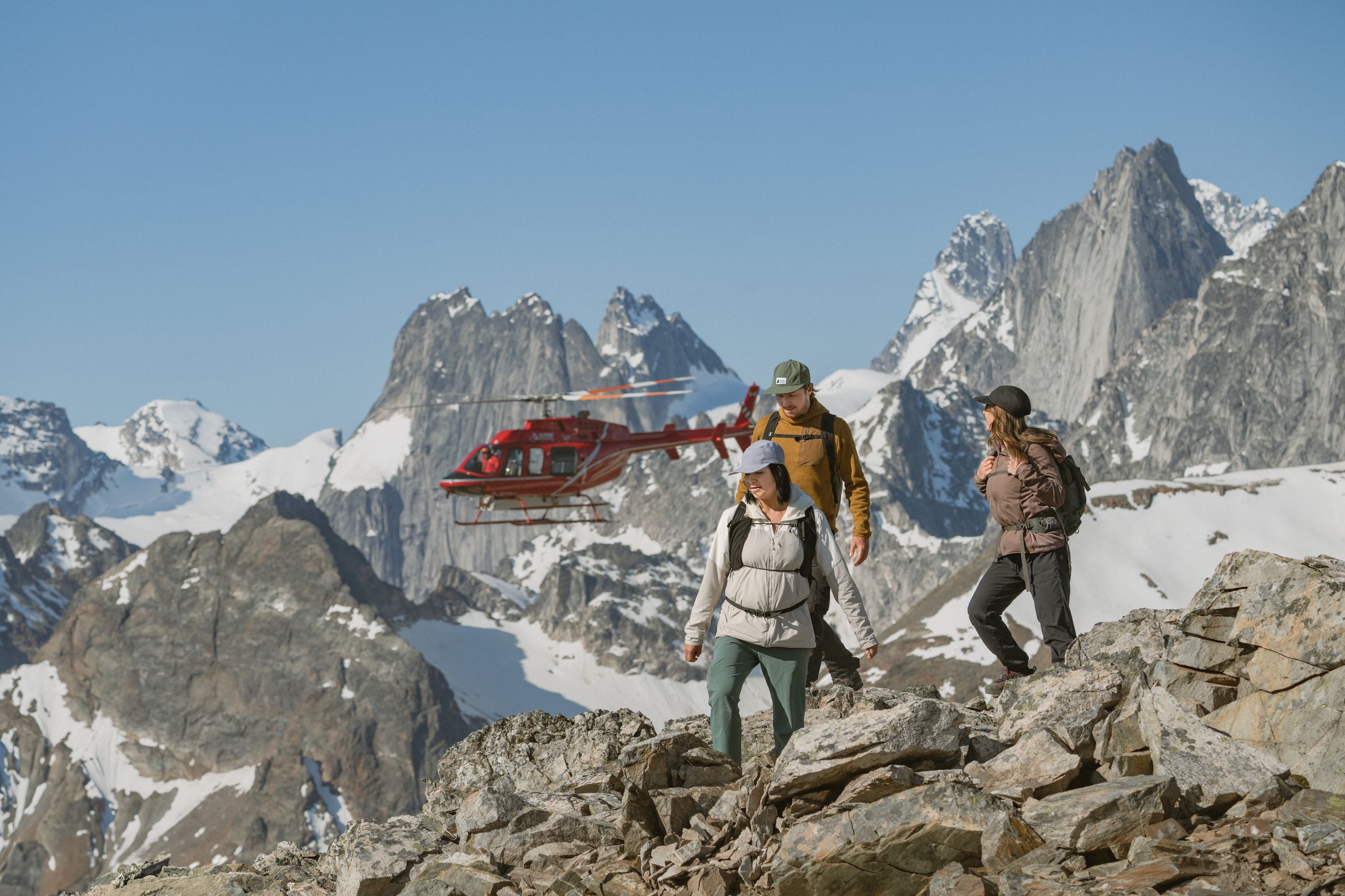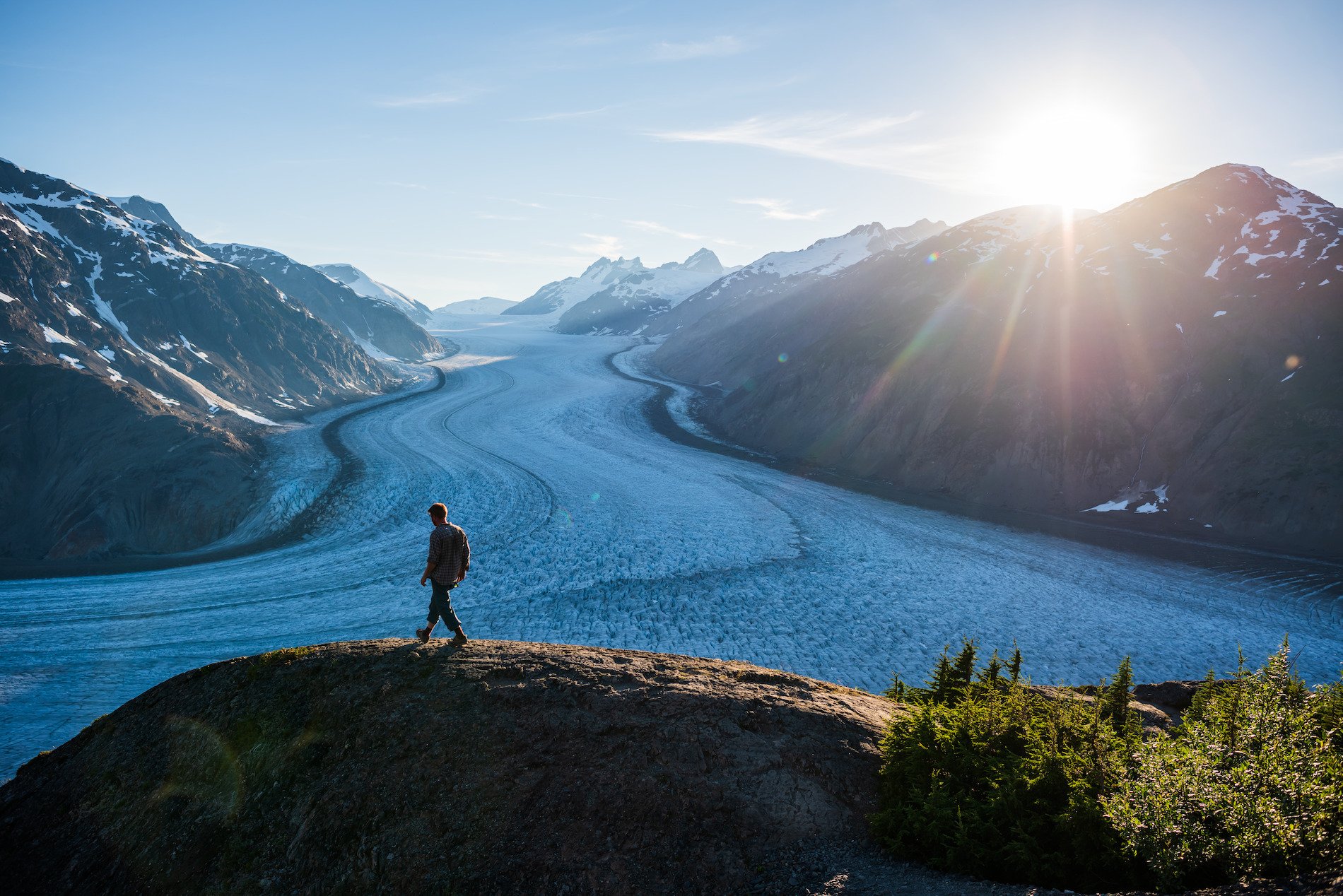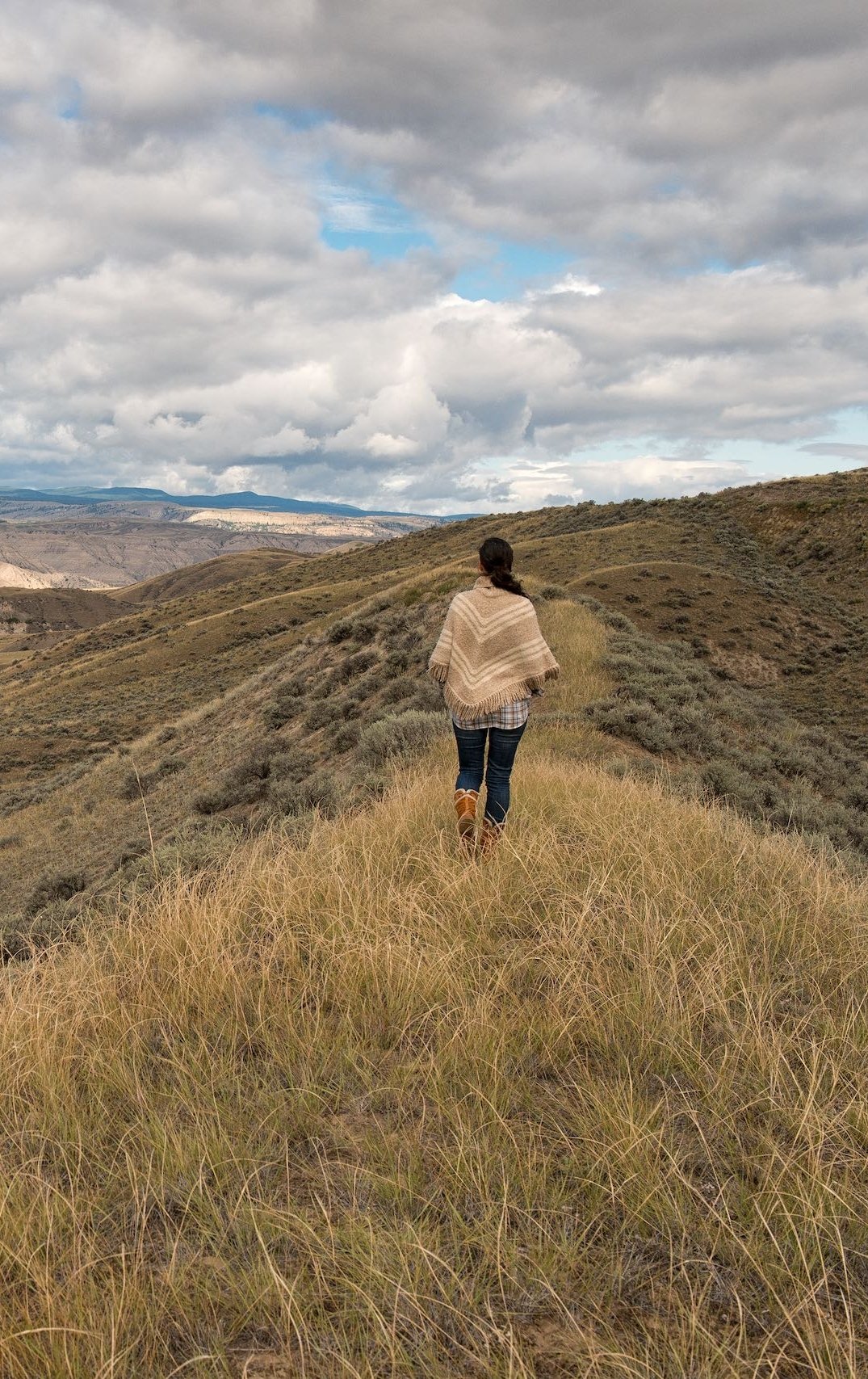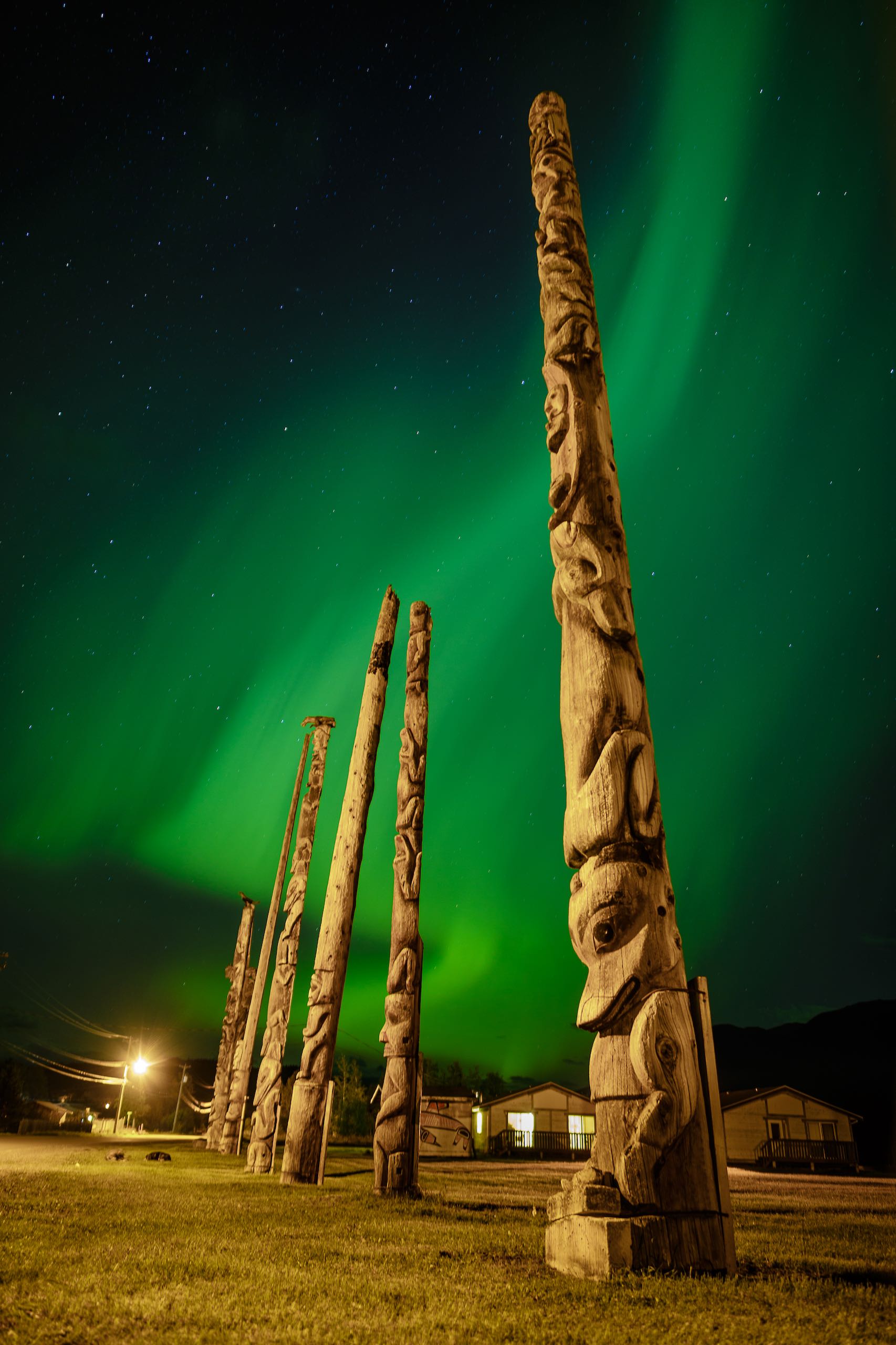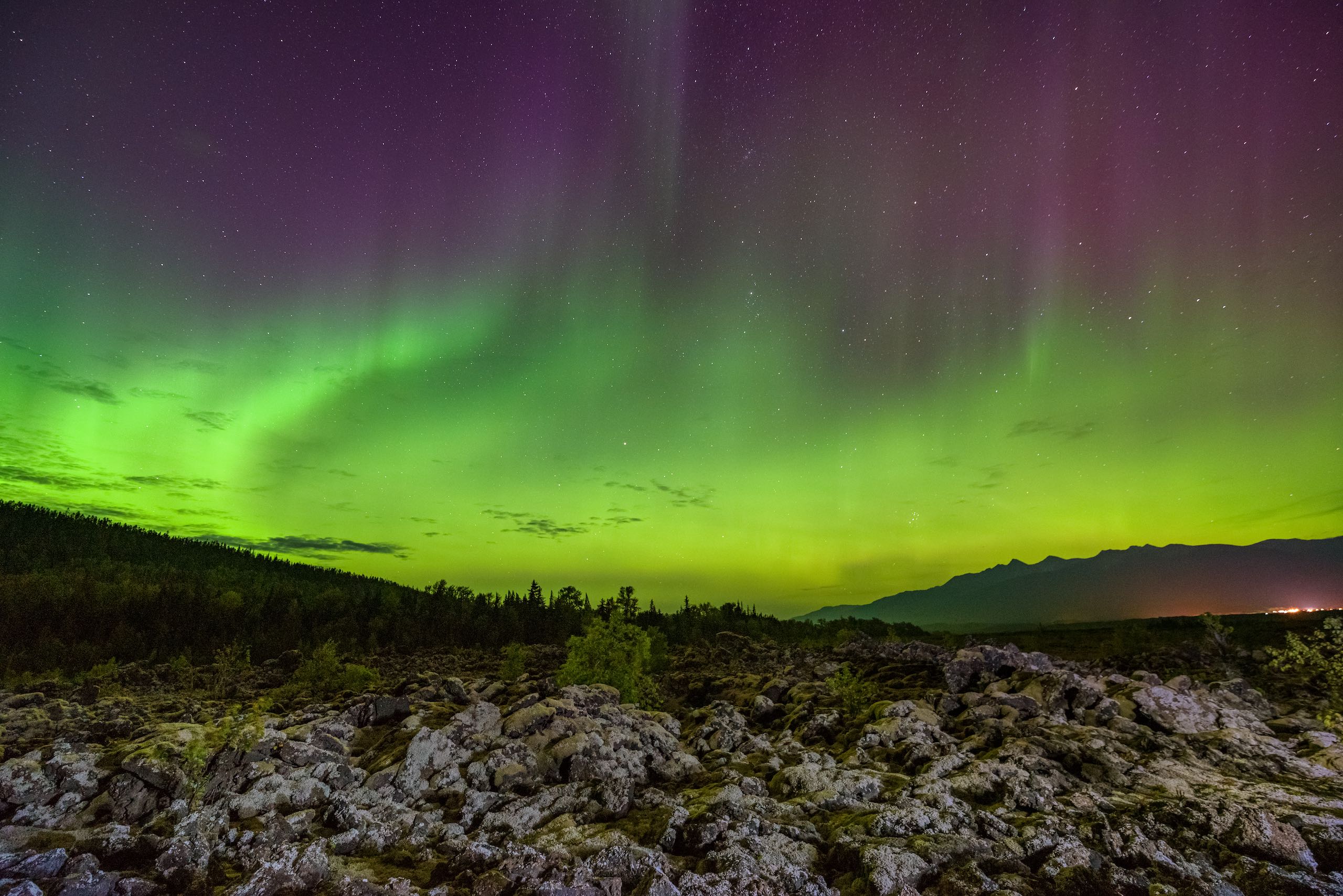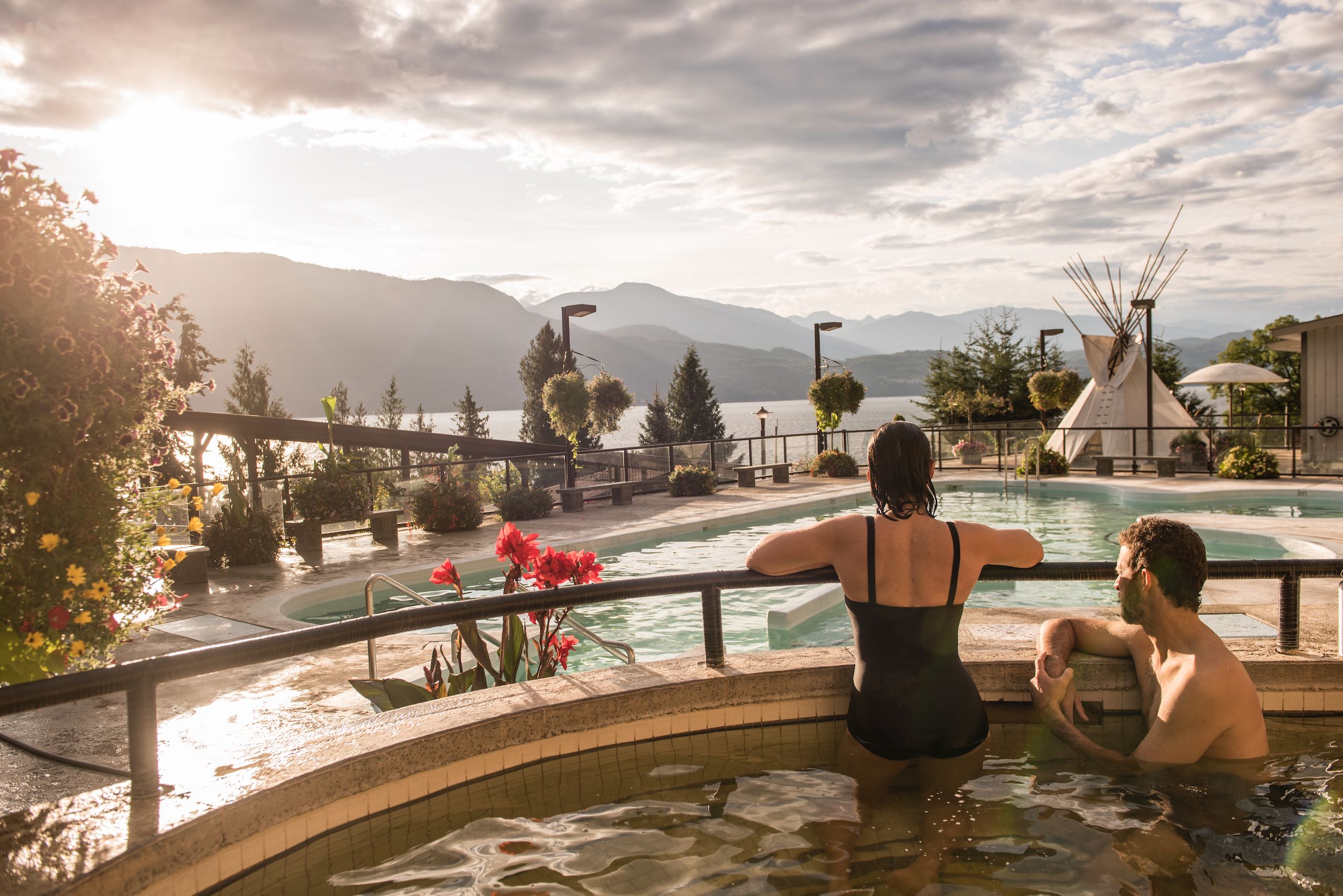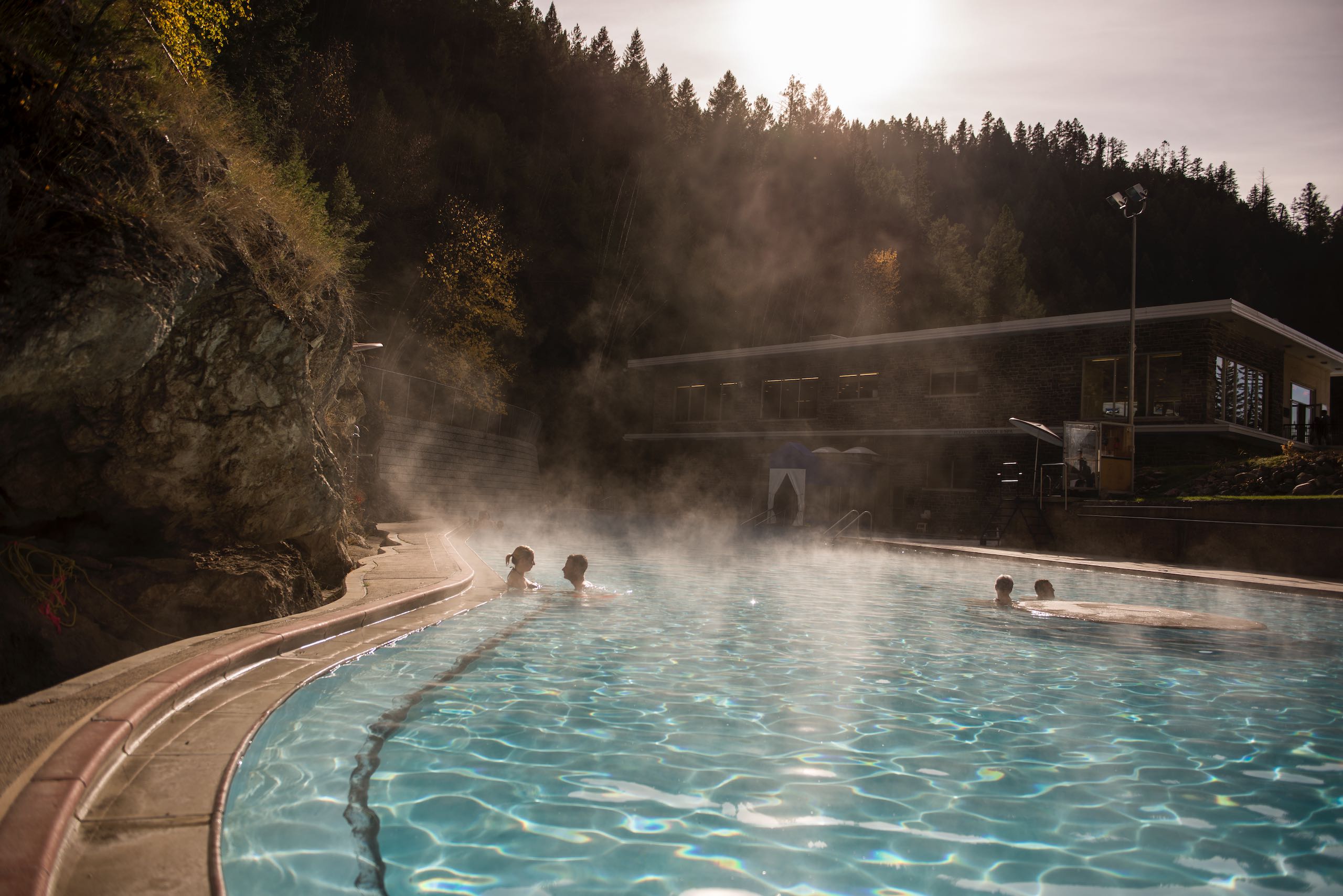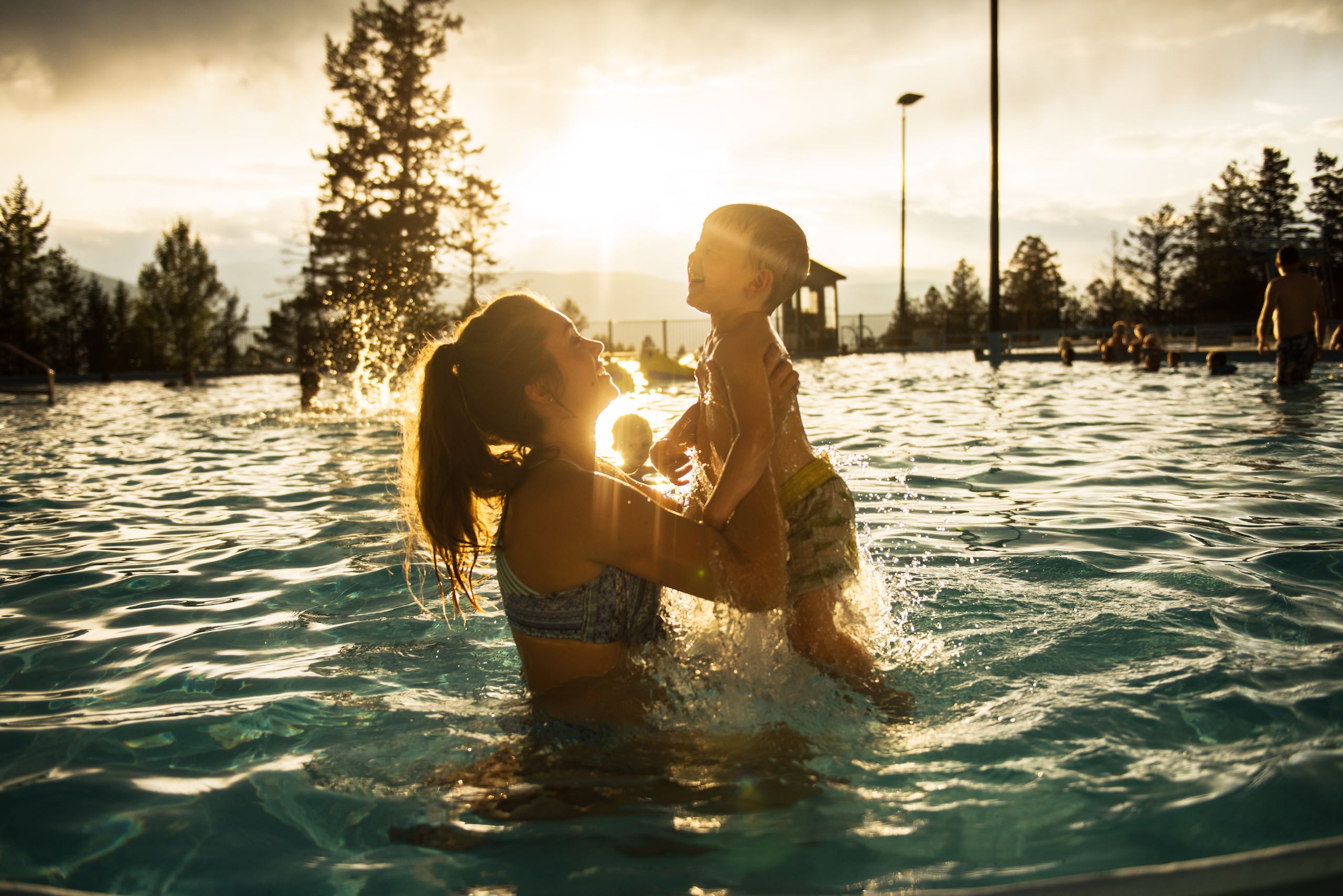Experience
Natural Wonders in British Columbia
Landscapes that change you
Some places make you feel small—in the best possible way.
Few places in the world bring together natural wonders with this kind of scale and variety. In BC, nature doesn’t just impress — it can shift your perspective, lift your spirit, and stay with you.
Glacier-fed rivers carve through canyons, old-growth forests rise skyward, salmon nourish entire ecosystems, and hot springs invite a deep exhale. Vast icefields, storm-swept coastlines, rare desert-like valleys, and aurora-lit skies remind us there’s always more to wonder at.
BC is home to living systems shaped by time, and care. For First Nations and Indigenous Peoples, whose relationships with and stewardship of these lands and waters span thousands of years, mountains are teachers, rivers are routes, and forests hold medicine. That understanding lives on in the way locals from all walks of life stay connected to these places and their rhythms. Here you have the space to move at a different pace, and to notice more with each step.
Mountains and Glaciers
Mount Robson
Mountains stretch across BC. Formed over millennia, their jagged summits, shadowed valleys, and glacier icefields still shift and sculpt the land.
These peaks are striking, immense, and full of presence, offering moments that can stop you in your tracks.
Mount Robson—the highest peak in the Canadian Rockies—stands at the heart of this alpine story along the Rainforest to Rockies route. The Texqakallt Nation called it Yexyexéscen (pronounced Yuh-hai-has-kun), meaning the mountain of the spiral road, for the way it rises in a layered form from the valley floor. Often cloaked in cloud and crowned in ice, Mount Robson is the centrepiece of Mount Robson Provincial Park, part of the Canadian Rocky Mountain Parks UNESCO World Heritage site.
In southeastern BC, the Purcell, Selkirk, Monashee, and Canadian Rockies ranges stretch wide across the horizon. Each range carries its own character, and every summit holds a story, known as the Birthplace of Adventure.
The Great Wilderness in the north is home to Salmon Glacier, which offers a rare view of vast, sprawling ice from a roadside lookout.
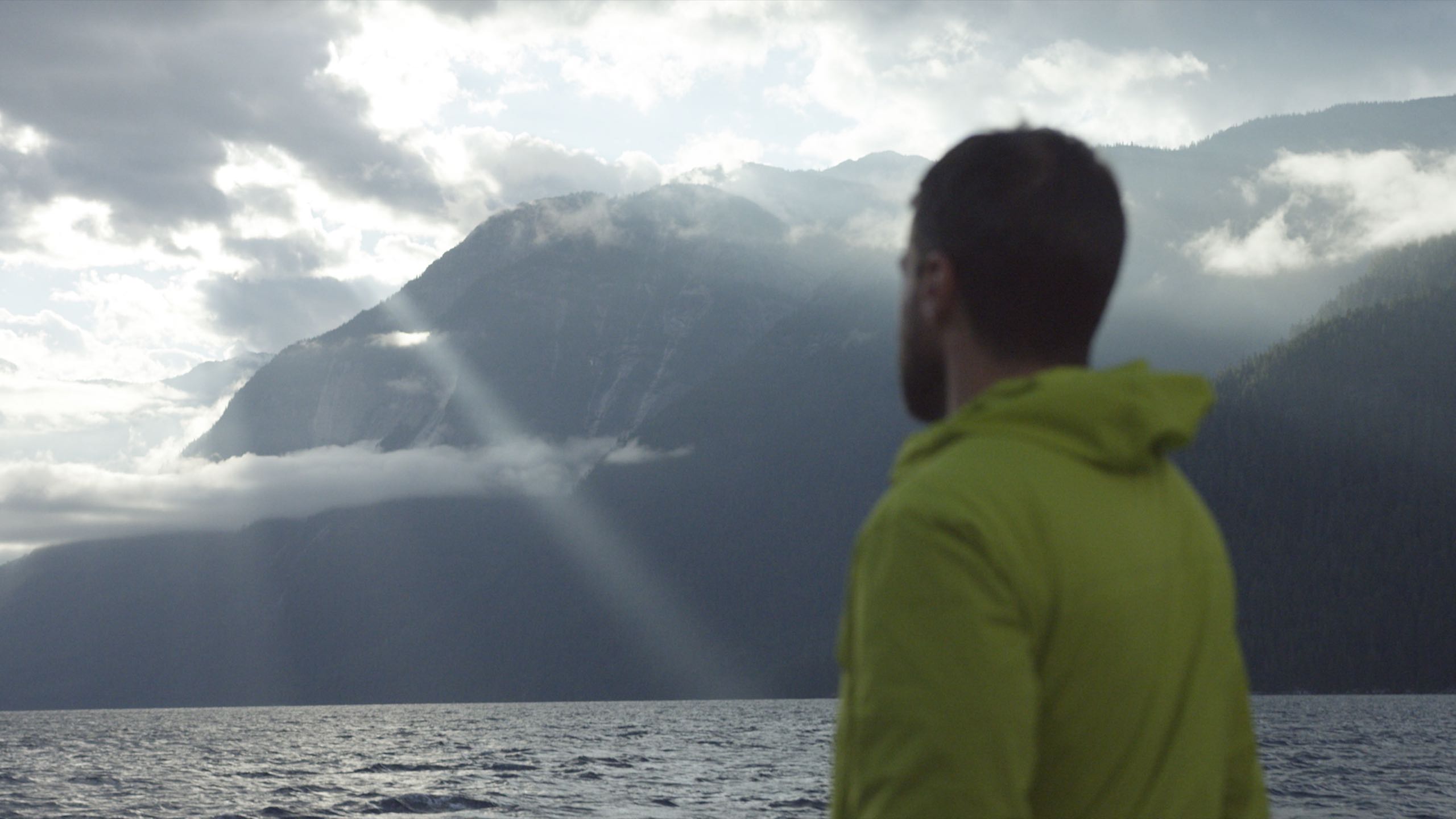 Chatterbox Falls in Princess Louis Inlet | Destination BC
Chatterbox Falls in Princess Louis Inlet | Destination BC Oceans and Coastlines
swíwelát - Princess Louisa Inlet
Along BC’s Pacific edge—known as The Infinite Coast—deep fjords, tidal ecosystems, and vast marine habitats form one of the richest ocean environments on Earth and forest, mountain, and sea converge. First Nations and Indigenous Peoples have nurtured and protected these waterways, headlands, bays, and archipelagos for millennia, ensuring their health and abundance for generations to come. That care continues today, carried forward by many coastal communities.
One such remarkable fjord is swíwelát. Accessible only by boat or floatplane, swíwelát—also known as Princess Louisa Inlet—offers a rare glimpse into this dramatic coastal meeting place. Granite cliffs rise from jade-green waters where freshwater meets saltwater. Dozens of waterfalls tumble from hidden alpine lakes, fed by snowmelt and rain. But swíwelát is just one of many. This winding coastline is a maze of inlets, channels, tidepools, and sheltered beaches—each shaped by water’s constant motion. No matter where you go, it always finds a way.
BC’s coast is home to three lineages of orcas, each with distinct behaviours and ties. From salmon hunters to stealthy marine mammal predators, they’re a powerful symbol of the coast’s living spirit.
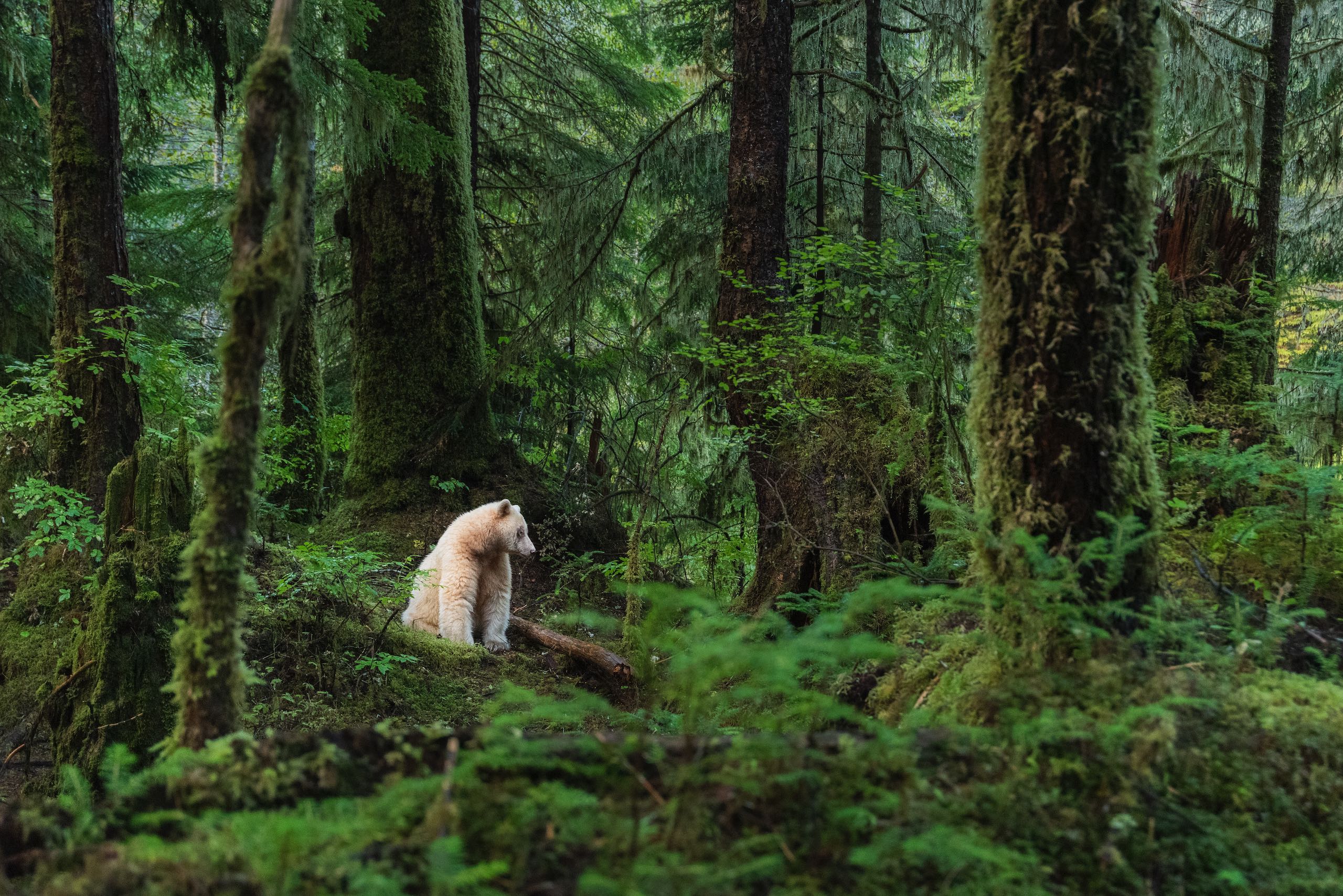 Great Bear Rainforest | Destination BC/Yuri Choufour
Great Bear Rainforest | Destination BC/Yuri Choufour Forests and Rainforest
The Great Bear Rainforest
Some of the largest and oldest rainforests on Earth are found here, in lush and life-filled ecosystems that stretch from the coastal edge to inland valleys.
Among the most significant is the Great Bear Rainforest in The Infinite Coast, which encompasses 6.4 million hectares of old-growth forest, representing a quarter of the world’s remaining ancient coastal temperate rainforests. Here, thousand-year-old red cedars rise beside Sitka spruce reaching 90 metres high into the sky.
Many First Nations and stewardship groups work together to care for this globally rare place, guided by generations of knowledge and responsibility. These forests and coastlines share space with all manner of plants and fungi, grizzlies, eagles, wolves, and orcas . They also shelter the elusive Spirit bear—known as moksgm’ol in the Tsimshian language—a white-furred black bear that appears only on its own terms. Still, the forests of BC share their magic in so many other ways.
Deserts and Grasslands
South Okanagan Desert
In the rain shadow of BC’s interior mountains, a surprising kind of beauty unfolds: rolling grasslands, sagebrush valleys, and sunbaked plateaus. These rare arid ecosystems have been cared for by the Syilx Peoples since time immemorial, and remain home to species found nowhere else in the country.
Near Osoyoos, Canada’s only “desert”—a unique semi-arid shrubland—sits at the heart of the Valleys & Vineyards. Visitors can explore this remarkable landscape through two distinct experiences.
The Nk’Mip Desert Cultural Centre, run by the Osoyoos Indian Band, offers a rich perspective on the cultural, ecological, and spiritual importance of the land. Nearby, the Osoyoos Desert Centre features a self-guided trail through native habitats and fragile plant life.
Farther north, the Chilcotin Plateau stretches toward the horizon. With its volcanic highlands, lodgepole pine forests, and glacial rivers, it reveals a different kind of broad, beautiful wonder.
About two hours south of Williams Lake on the Fraser River, Churn Creek Grasslands protects rare wildlife and dryland ecosystems where Tsilhqot’in and Secwépemc Peoples have lived for millennia.
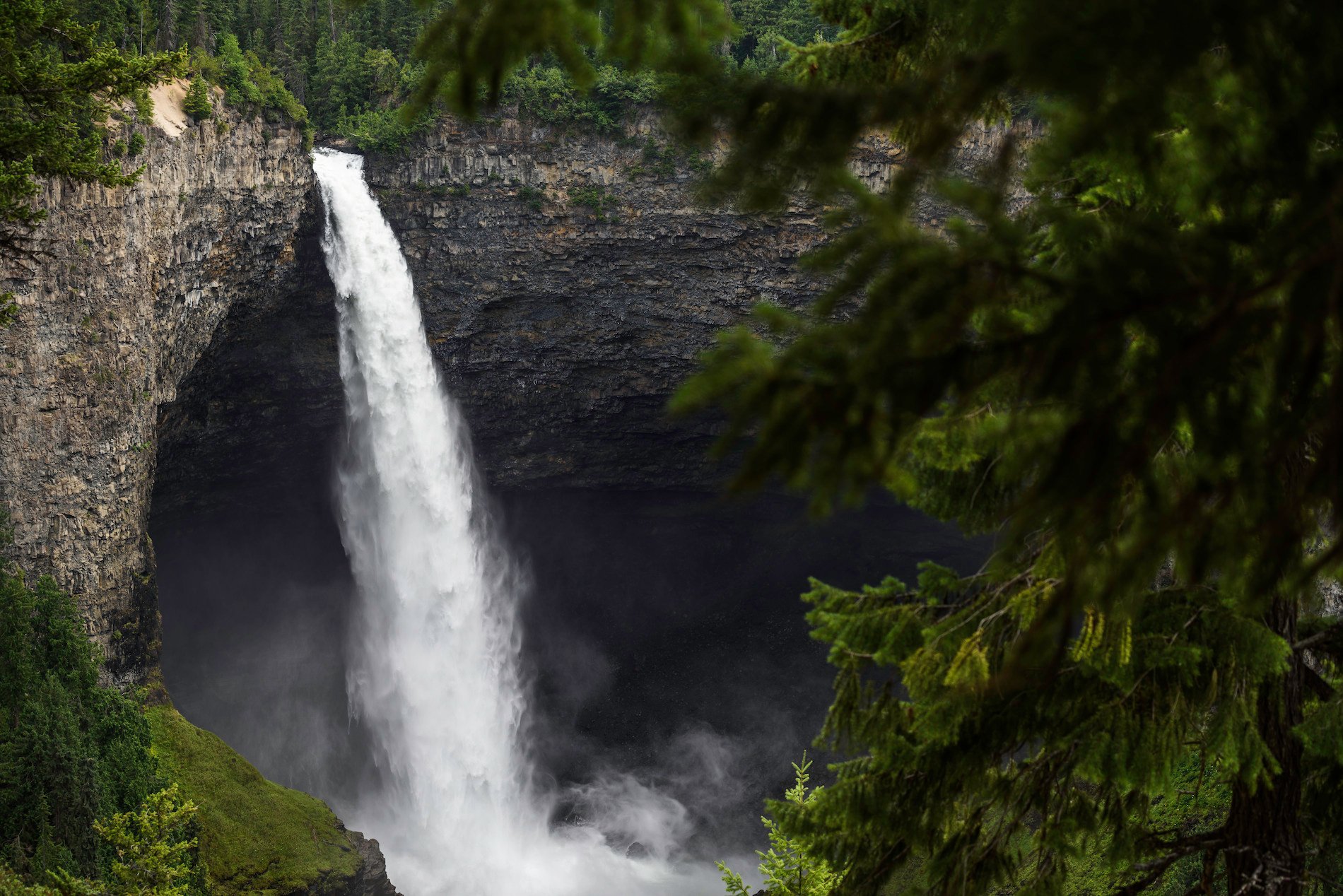 Helmcken Falls | Andrew Strain
Helmcken Falls | Andrew Strain Lakes and Rivers
Helmcken Falls
In BC, waterways move through landscapes, nourish forests, connect communities and inspire stories. BC’s thousands of lakes, rivers and waterfalls invite stillness in some places, or offer a powerful current in others.
One striking example of nature’s power is Helmcken Falls. Here, the Murtle River plunges into a volcanic amphitheatre in Wells Gray Provincial Park, along the Rainforest to Rockies route. Dozens of other cascades can be found in the Park, tumbling through valleys or thundering down sheer cliffs. Each one is a reminder of water’s force.
In Nature’s Heartland, the Fraser River winds through grasslands and canyons with steady power. Farther north, The Great Wilderness is traced with immense waterways like the Skeena, Peace, Liard and Stikine Rivers, each with deep significance to First Nations communities, carving their own paths through the land. In the Birthplace of Adventure, the mighty Columbia River invites travellers to follow its flow.
And across the province, lakes also deserve a spotlight, inviting fishing, camping, boating and quiet mornings, as well as the kind of pause you didn’t know you needed.
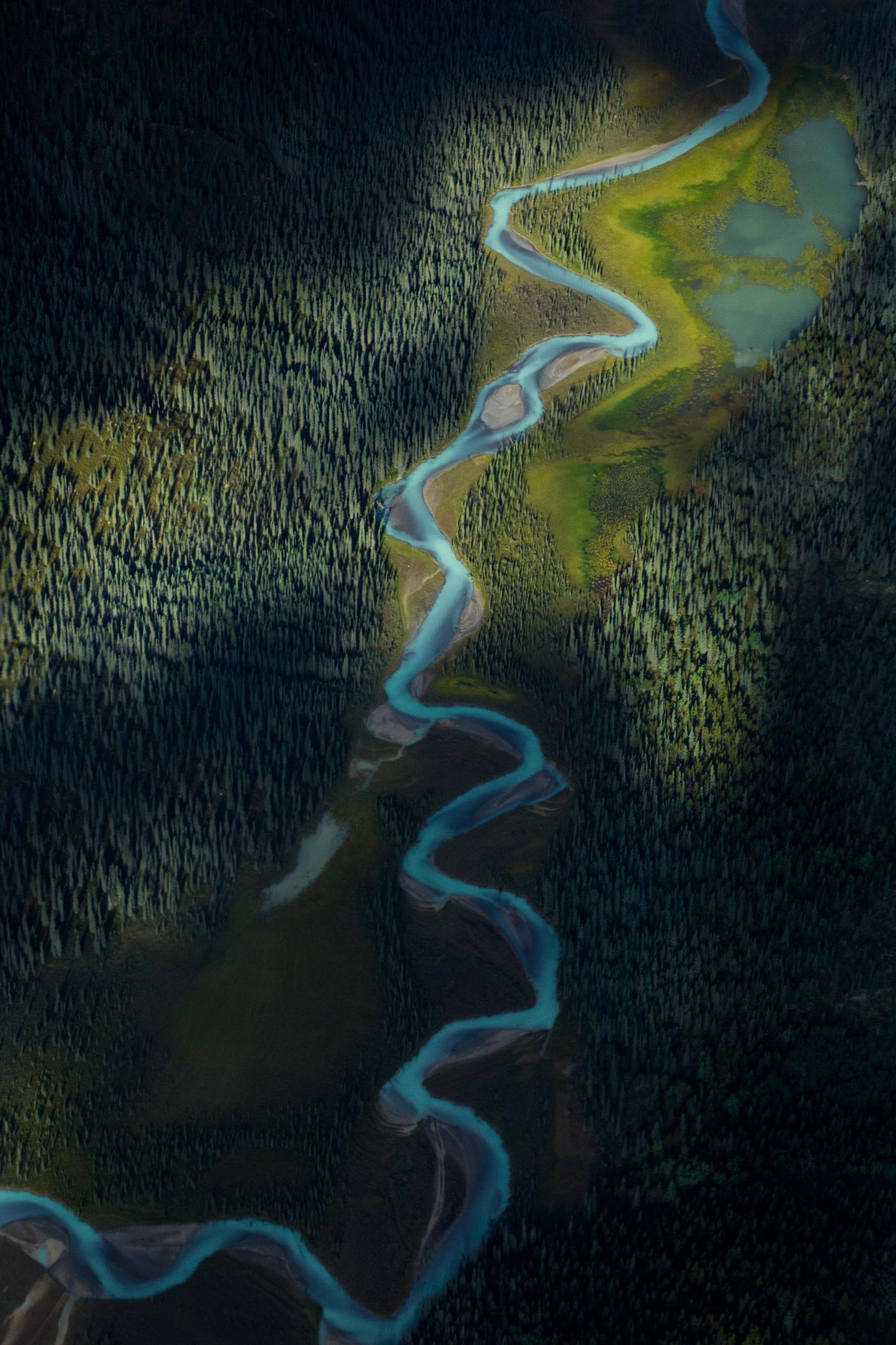 Muskwa-Kechika Management Area | Destination BC/Sherpas Cinema
Muskwa-Kechika Management Area | Destination BC/Sherpas Cinema Protected and Culturally Significant Landscapes
Muskwa-Kechika Management Area
In The Great Wilderness in Northern BC, the Muskwa-Kechika region spans 6.4 million hectares and stands as one of Canada’s most ecologically rich areas. It’s also home to the Kaska Dena, Treaty 8, and Carrier Sekani Peoples, whose enduring relationships with these lands guide its care today. While many wonders along the Alaska Highway may feel far away, Muncho Lake and Liard River Hot Springs (best visited in fall) offer access to beauty that’s a little easier to reach.
Also in the north, Anhluut’ukwsim Lax̱mihl Angwinga’asanskwhl Nisg̱a’a Park (Nisg̱a’a Memorial Lava Bed Park) marks the site of BC’s most recent volcanic eruption. As a key stop on the self-guided Nisg̱a’a Auto Tour, the park is co-managed with the Nisg̱a’a Nation and invites visitors to explore striking lava flows, cultural markers and stories woven into the landscape.
In the southeast, Yoho and Kootenay National Parks form part of the Canadian Rocky Mountain Parks UNESCO World Heritage Site, where you’ll find ancient fossil beds, glacial lakes and mountain ecosystems. These protected places carry many layers, and offer more than a few moments that make you stop and smile.
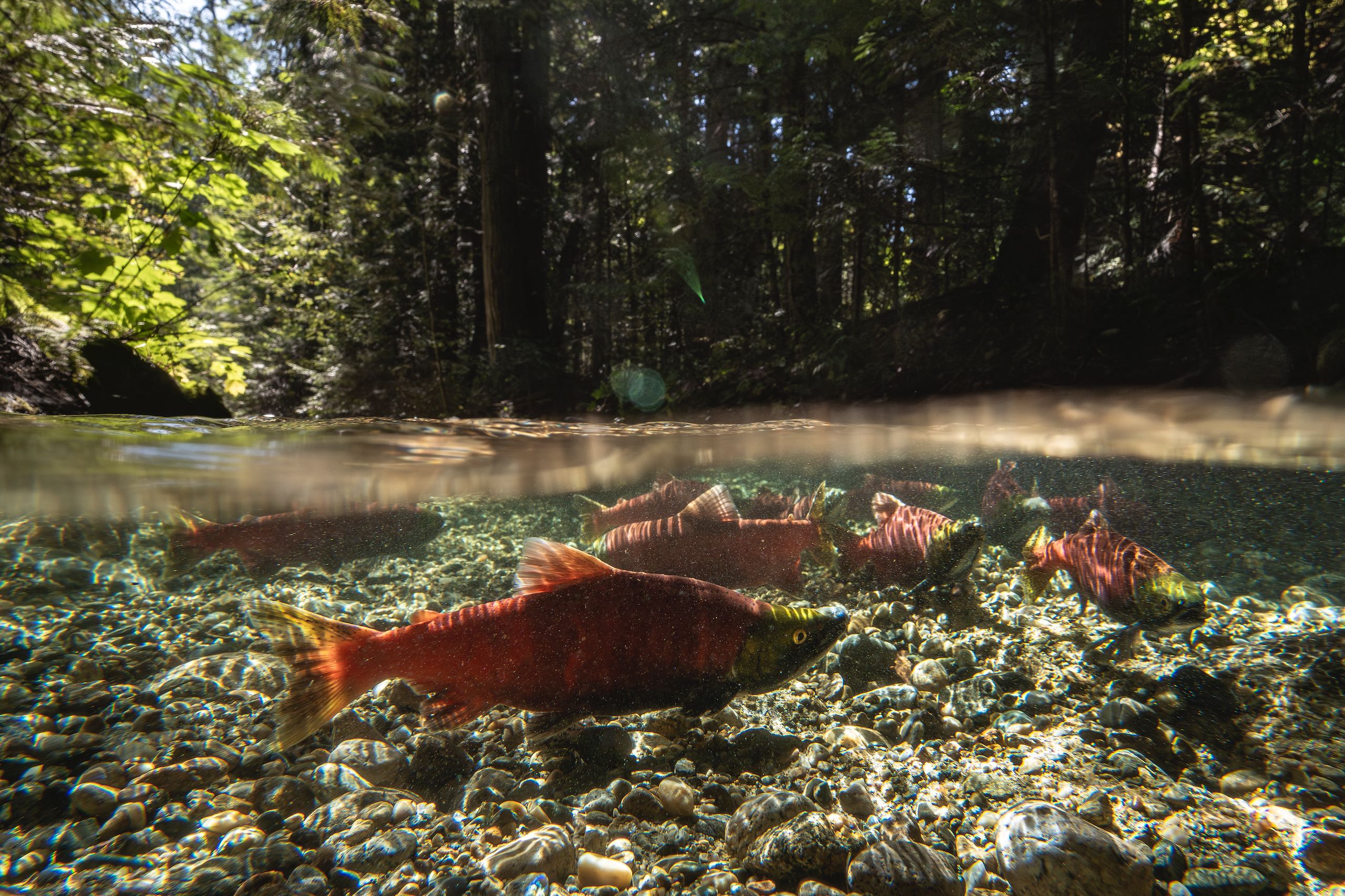 Kokanee Creek Provincial Park | Kootenay Rockies Tourism/Mitch Winton
Kokanee Creek Provincial Park | Kootenay Rockies Tourism/Mitch Winton Wildlife and Seasonal Phenomenon
Salmon and Animals in BC
There are a remarkable mix of creatures living here, including those found nowhere else in the world. For many First Nations and Indigenous Peoples, animals are more than wildlife, they’re kin. Their presence carries meaning, wisdom, and connection, deeply woven into their stories and ways of life.
Some, like the spirit bear and coastal sea wolves that live within the Great Bear Rainforest, are protected for their rarity and cultural importance. Others, such as the critically endangered Vancouver Island marmot or the ancient white sturgeon of the Fraser River, have made it this far thanks to the care of First Nations and local conservationists. Orcas cruise the coast in distinct family pods and can be seen year-round, depending on the region. Near Squamish, Brackendale sees one of North America’s largest gatherings of bald eagles each winter, when hundreds arrive to feed.
At the centre of it all is salmon. These migratory fish are essential to ecosystems and people alike. Salmon are hugely important—and along rivers like the Fraser, millions return each year to spawn, feeding more than 130 species, nourishing forests, and bringing life full circle.
While many of these animals are rarely seen—and best left undisturbed—a journey along Rainforest to Rockies or along The Infinite Coast and into The Great Wilderness offer a good chance to encounter wildlife in ways that respect their space. If you roam with them, don’t get close, tread gently, and let the moment lead.
Celestial Skies and Aurora Borealis
The Northern Lights
From the aurora borealis in the north to dark-sky preserves in the south, BC’s wide-open skies invite you to look up. The Milky Way, meteor showers, and sometimes even the northern lights are visible to the naked eye. For many First Nations, the aurora carries sacred meaning, seen by some as a connection to ancestral spirits.
In The Great Wilderness of Northern BC, communities like Atlin, Muncho Lake, Fort Nelson, and Kitwanga sit under or near the auroral oval, offering some of the province’s best chances to experience the northern lights. Opportunities for While distance from city lights often brings clearer skies, don’t be surprised if the aurora finds you farther south on just the right night.
And beyond the northern lights, BC’s night skies continue to inspire. In alpine meadows, on quiet plateaus, or beside lakes far from urban glow, there’s a kind of stillness that makes everything feel bigger.
Geothermal Wonders
Ainsworth Hot Springs
Across BC, naturally heated mineral springs rise from deep underground—soothing waters that invite rest and renewal. In some First Nations, they are known as spirit waters, respected as places of ceremony, healing, and quiet reflection, often found near communities where people have gathered for generations.
In the Birthplace of Adventure, springs like Ainsworth, Radium, Fairmont, Nakusp, and Halcyon offer welcome pauses on any journey and range from polished pools to more forested spaces. At Ainsworth Hot Springs, steamy mineral waters flow through a natural cave before reaching the lakeside pool outside—a one-of-a-kind place to soak.
Farther north in The Great Wilderness, the waters of Liard River Hot Springs—Canada’s largest natural hot spring—are of national ecological significance. A long boardwalk winds through warm water swamps and boreal forest to this year-round oasis. Along the Ḵ’alii-Aksim Lisims (Nass River), Hlgu Isgwit Hot Springs (Aiyansh) offers a tranquil place to unwind. It is also a sacred site for the Nisg̱a’a Nation, and visitors are asked to come with care and quiet respect.

